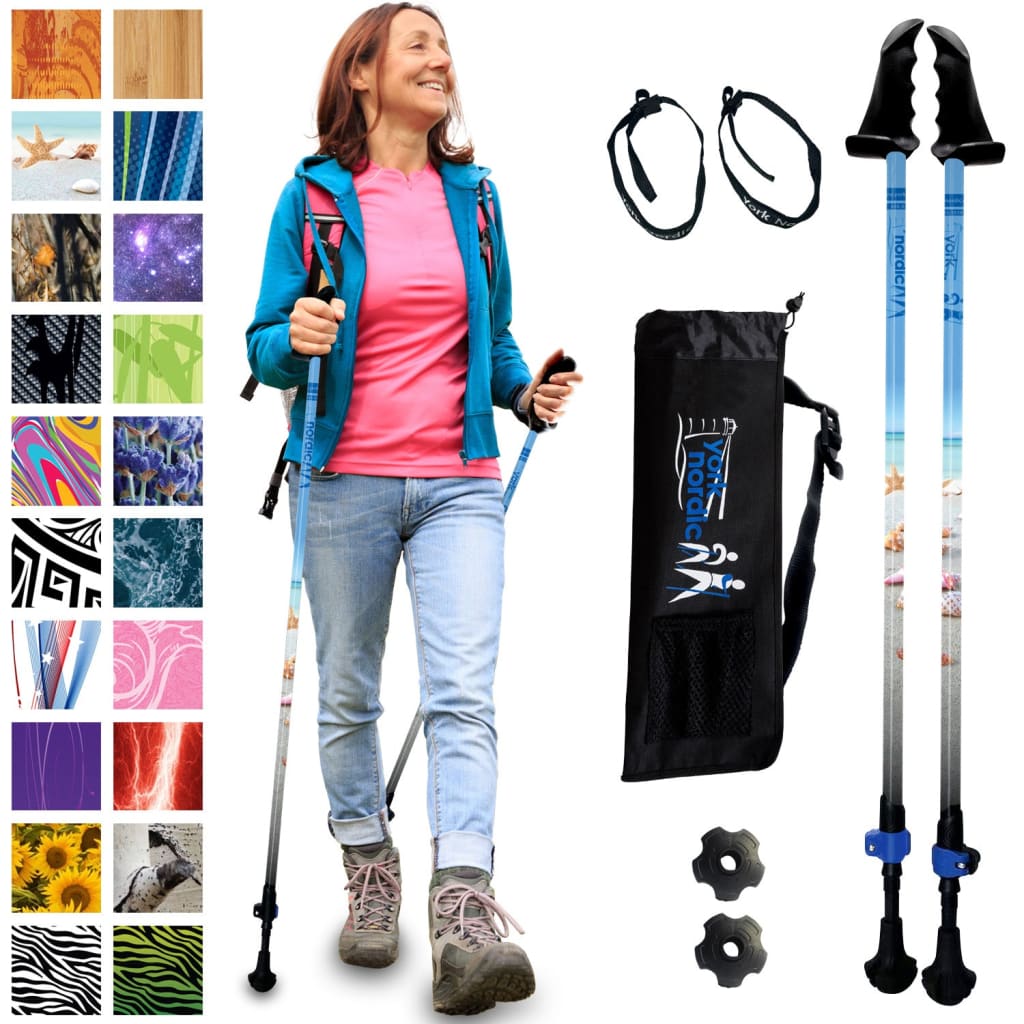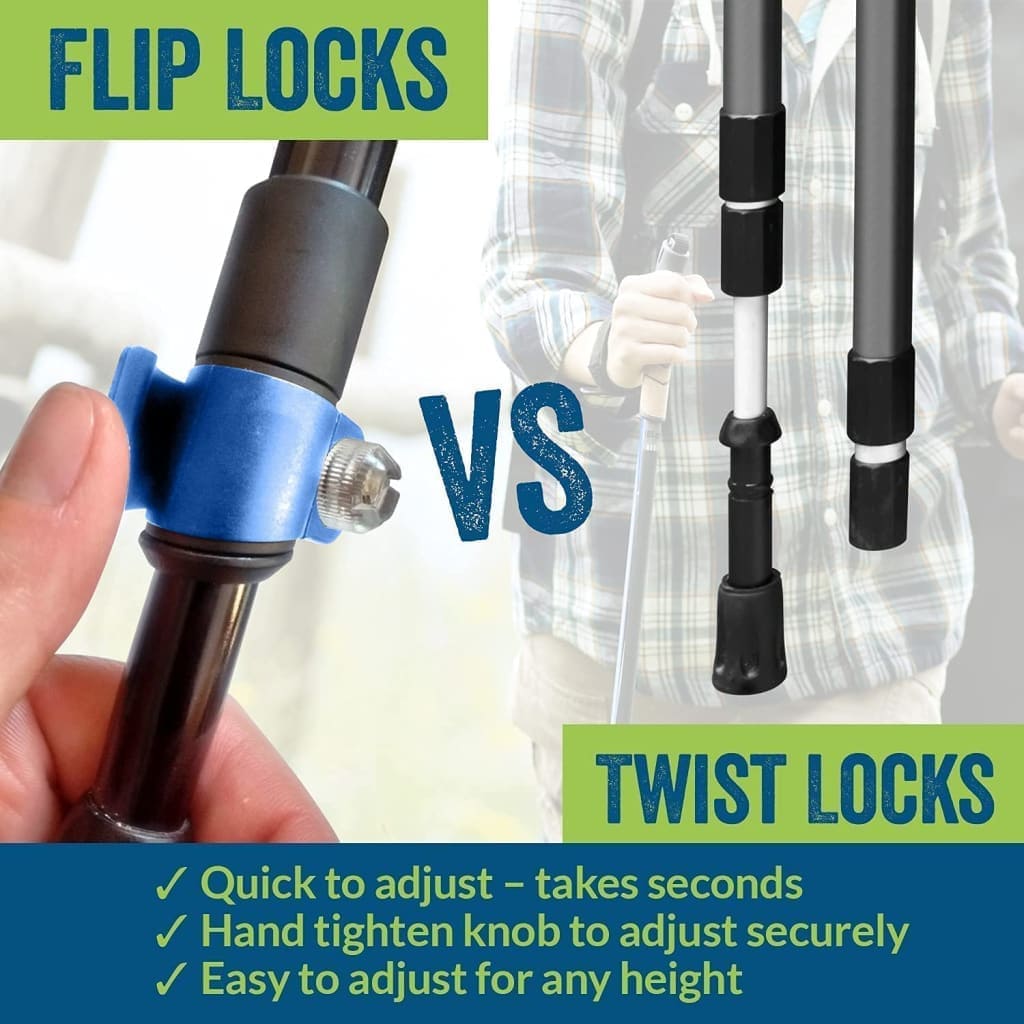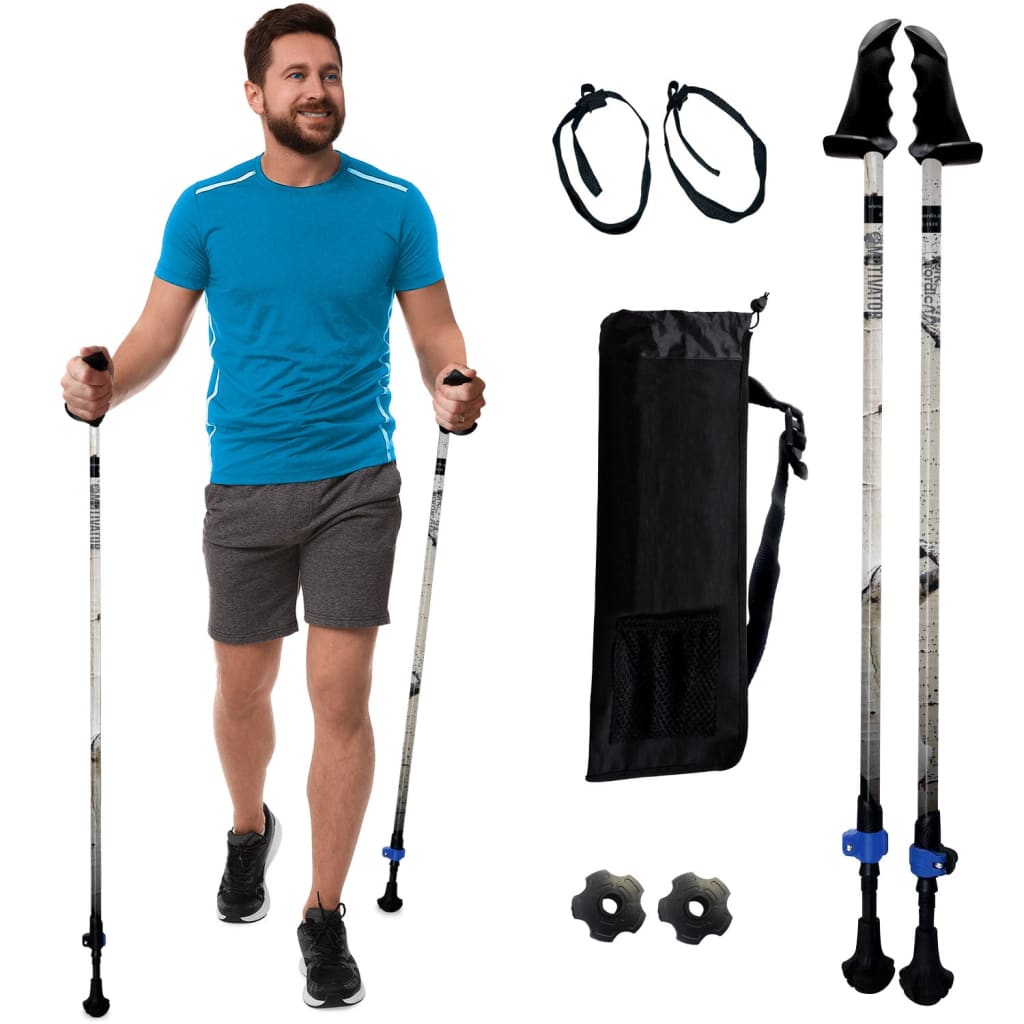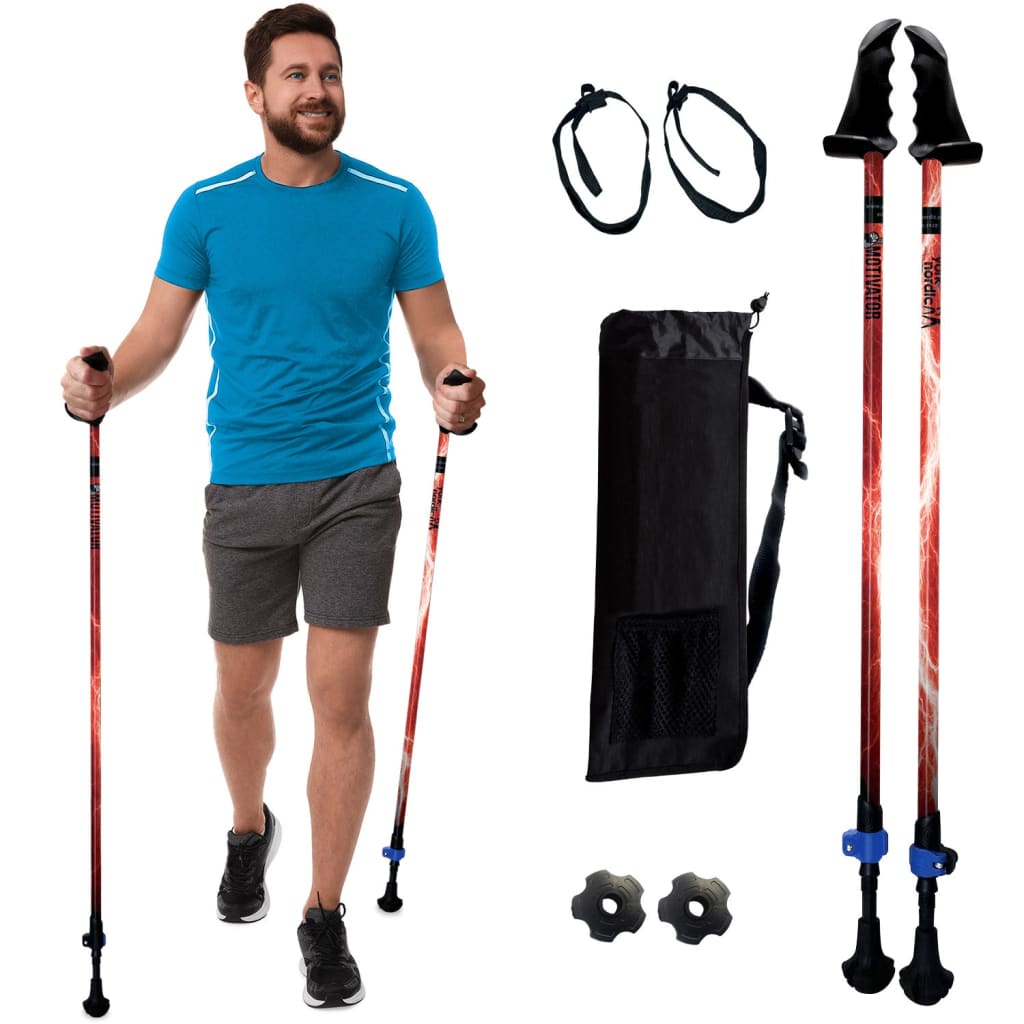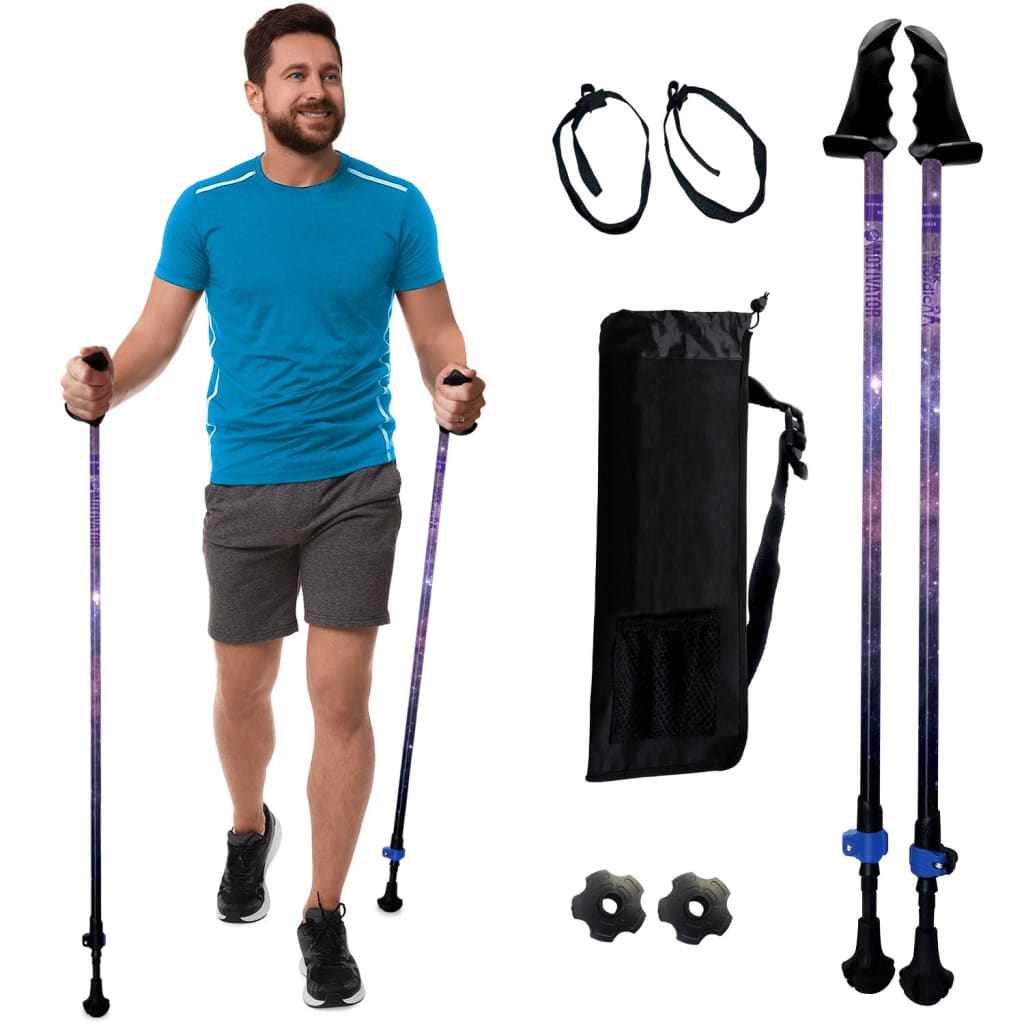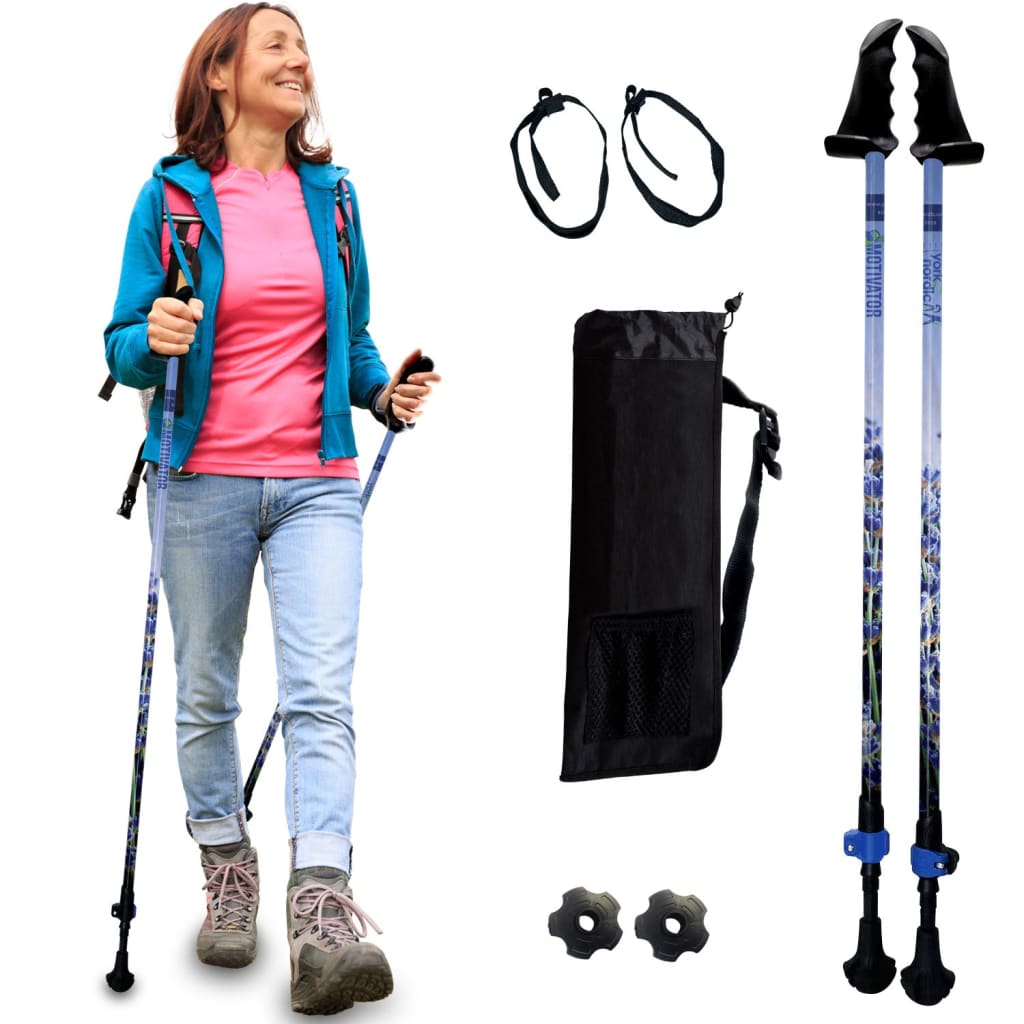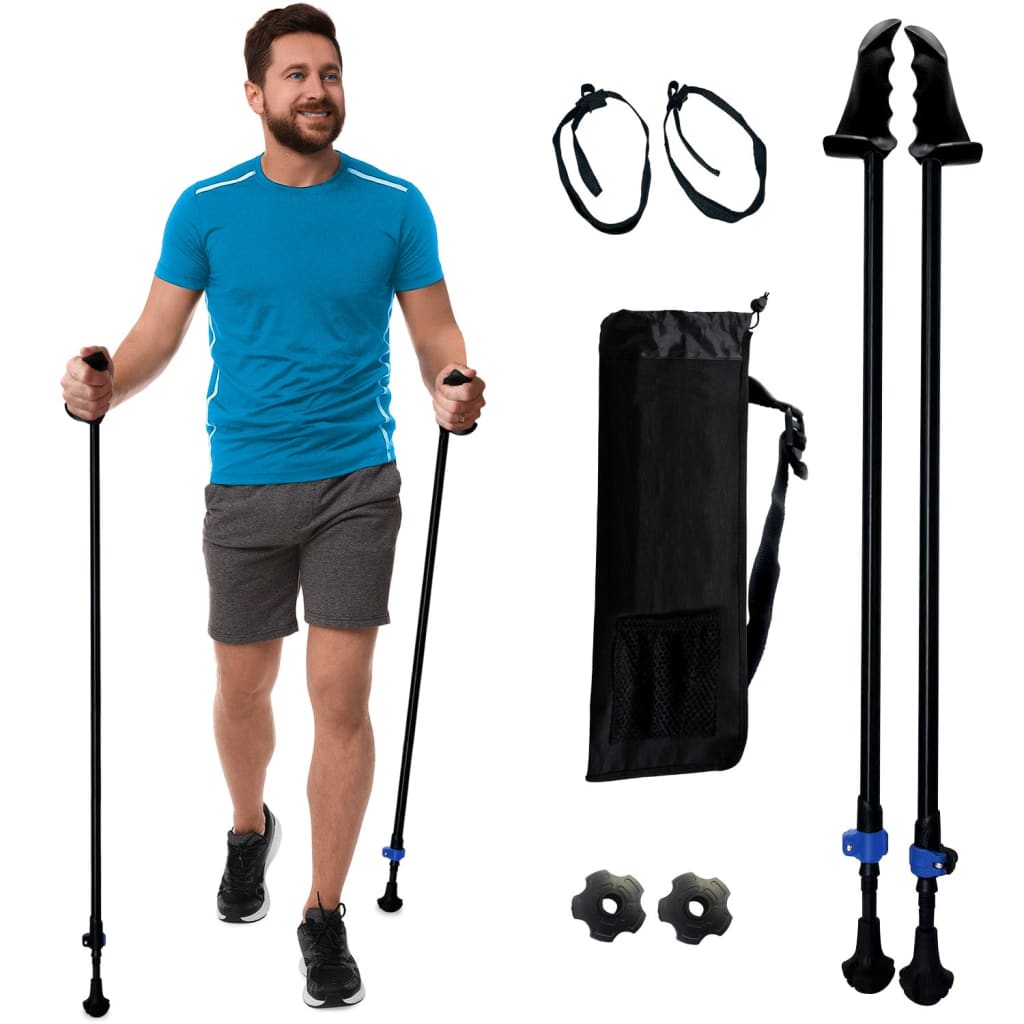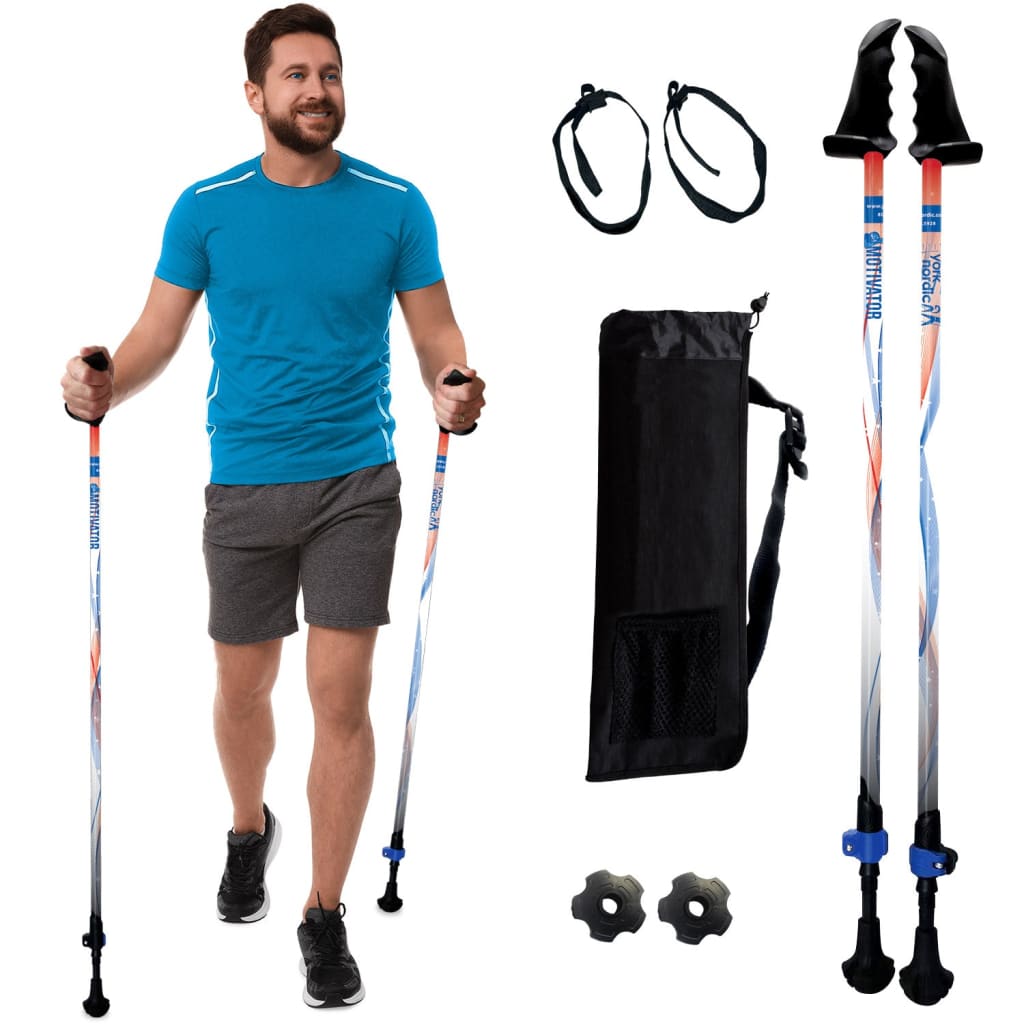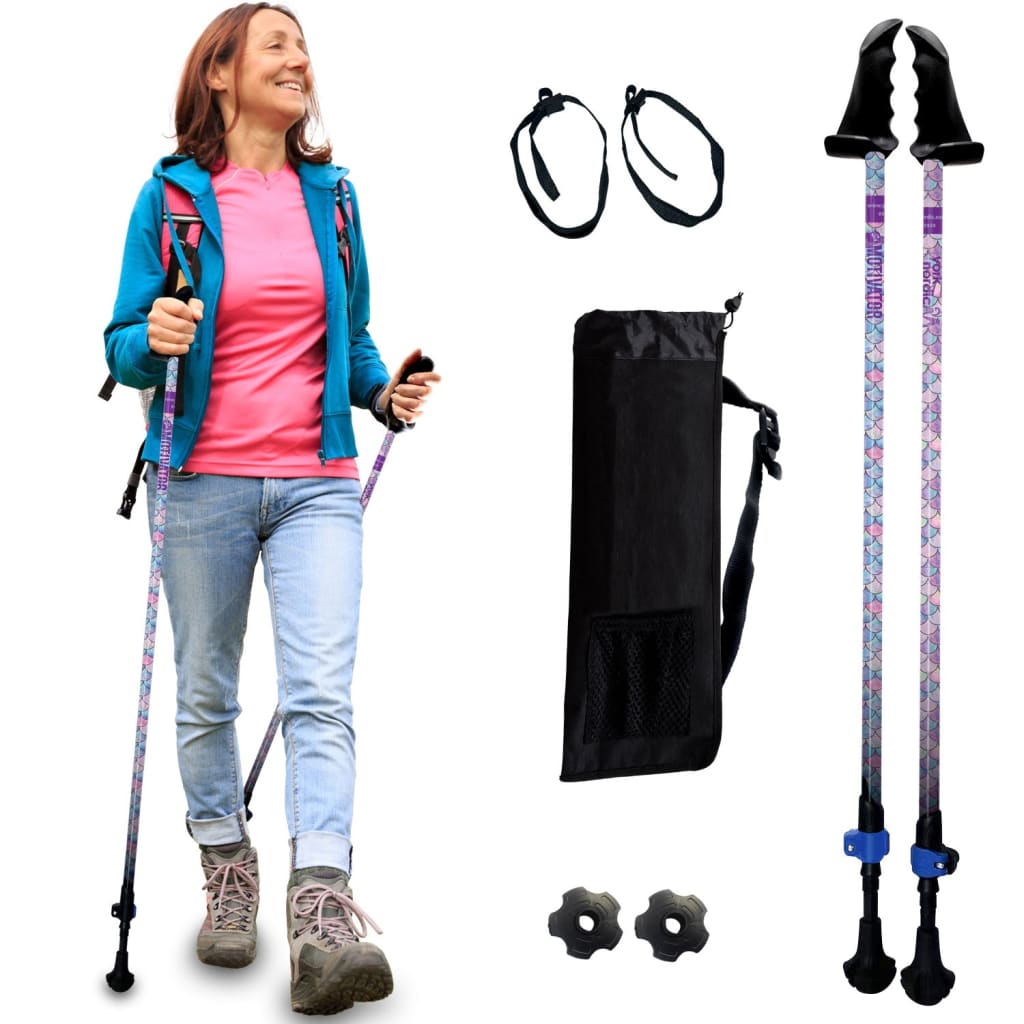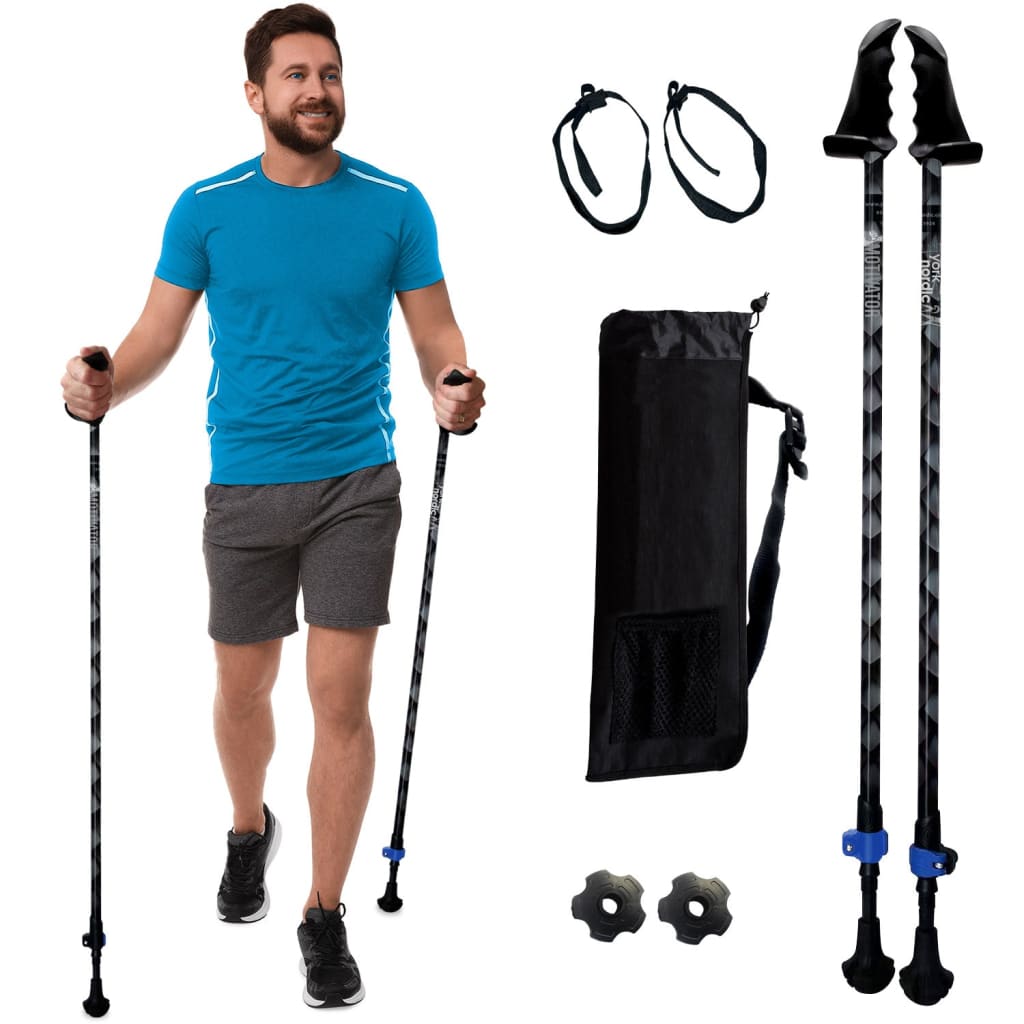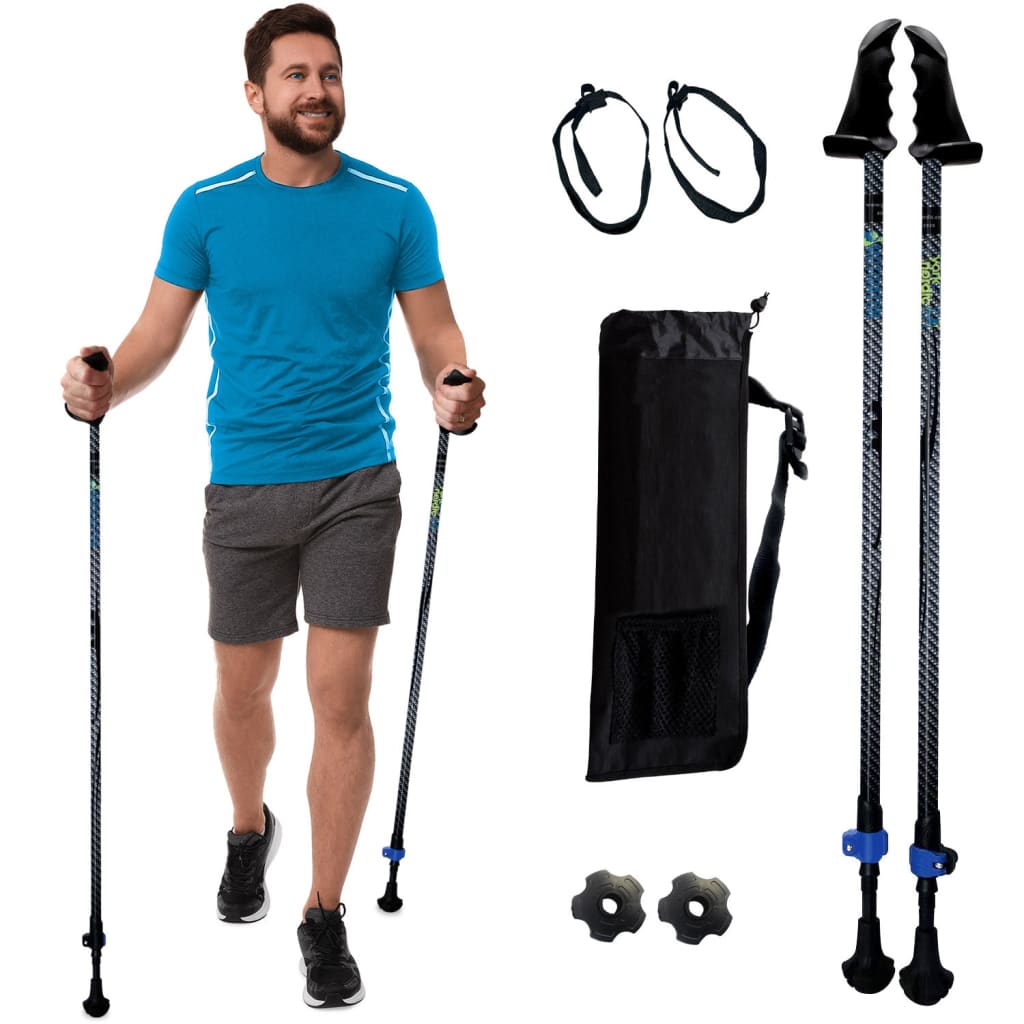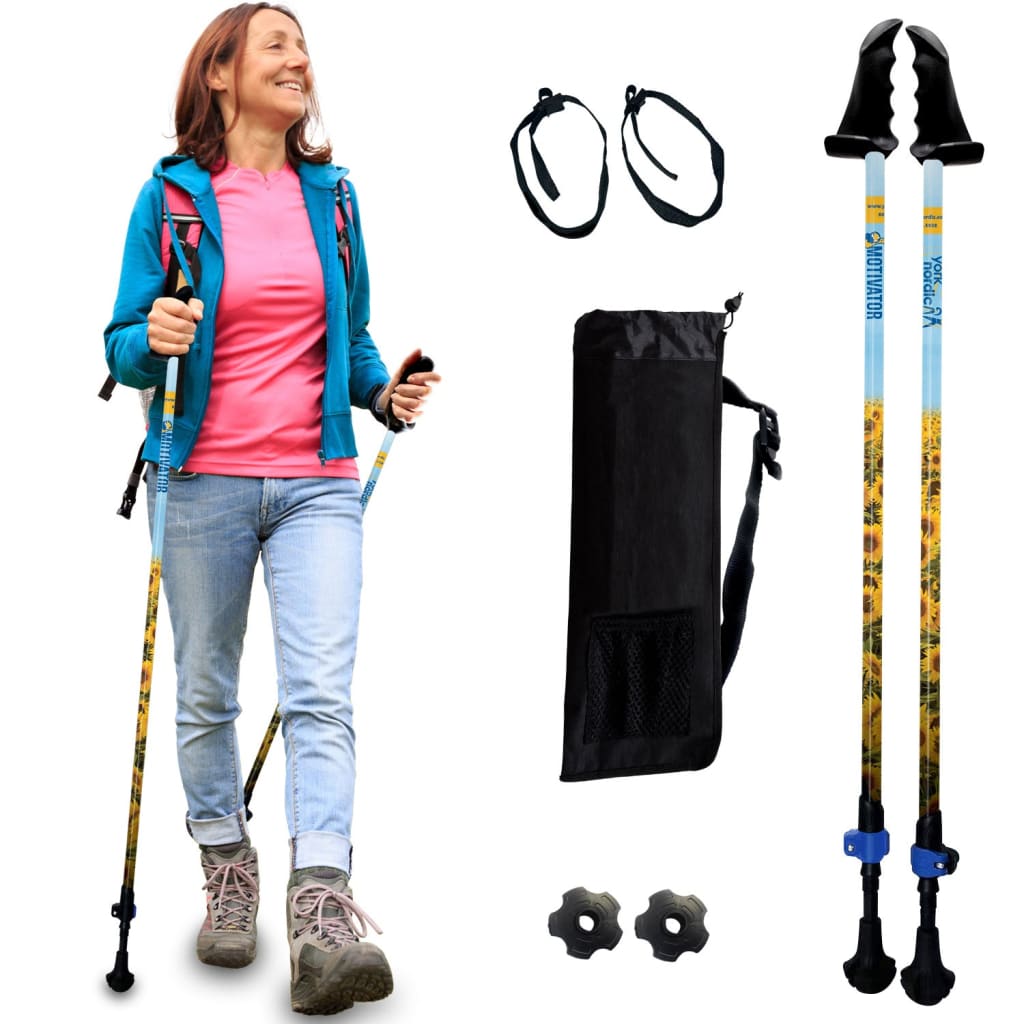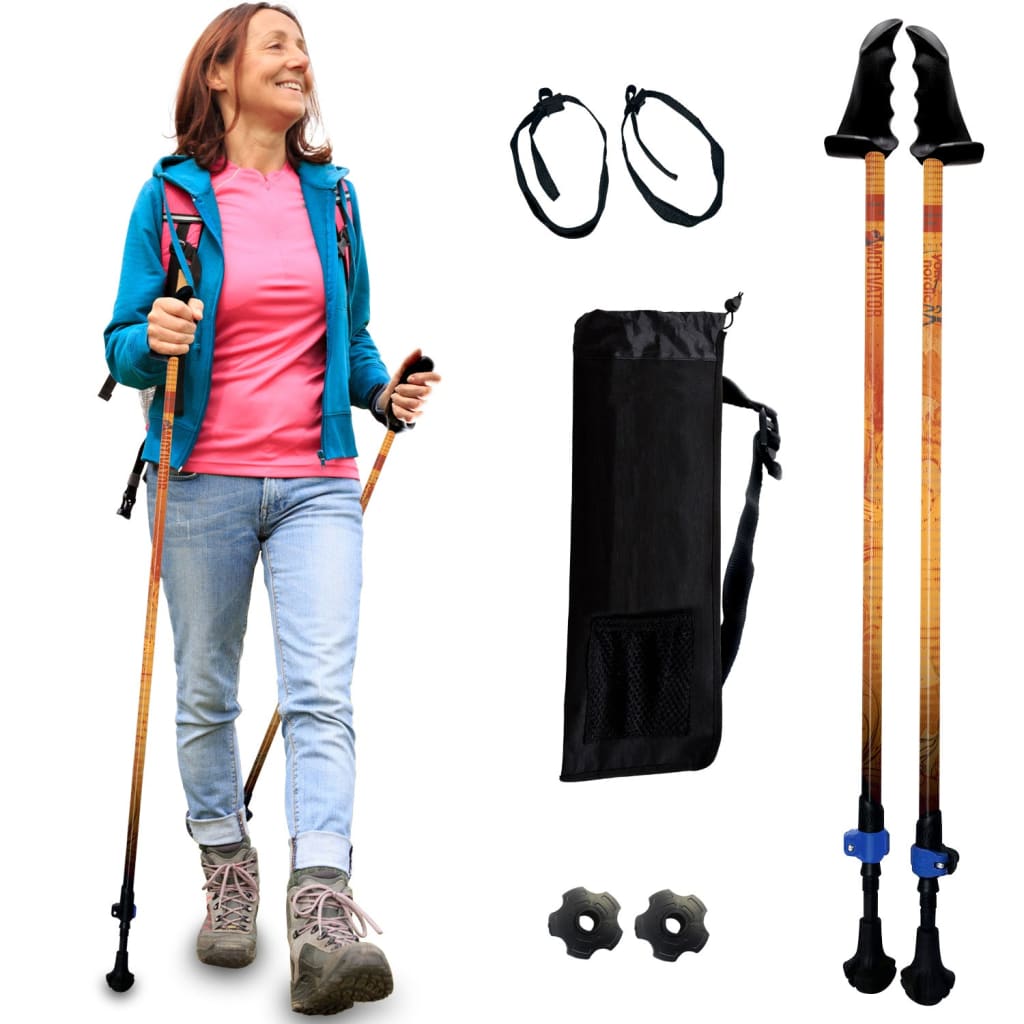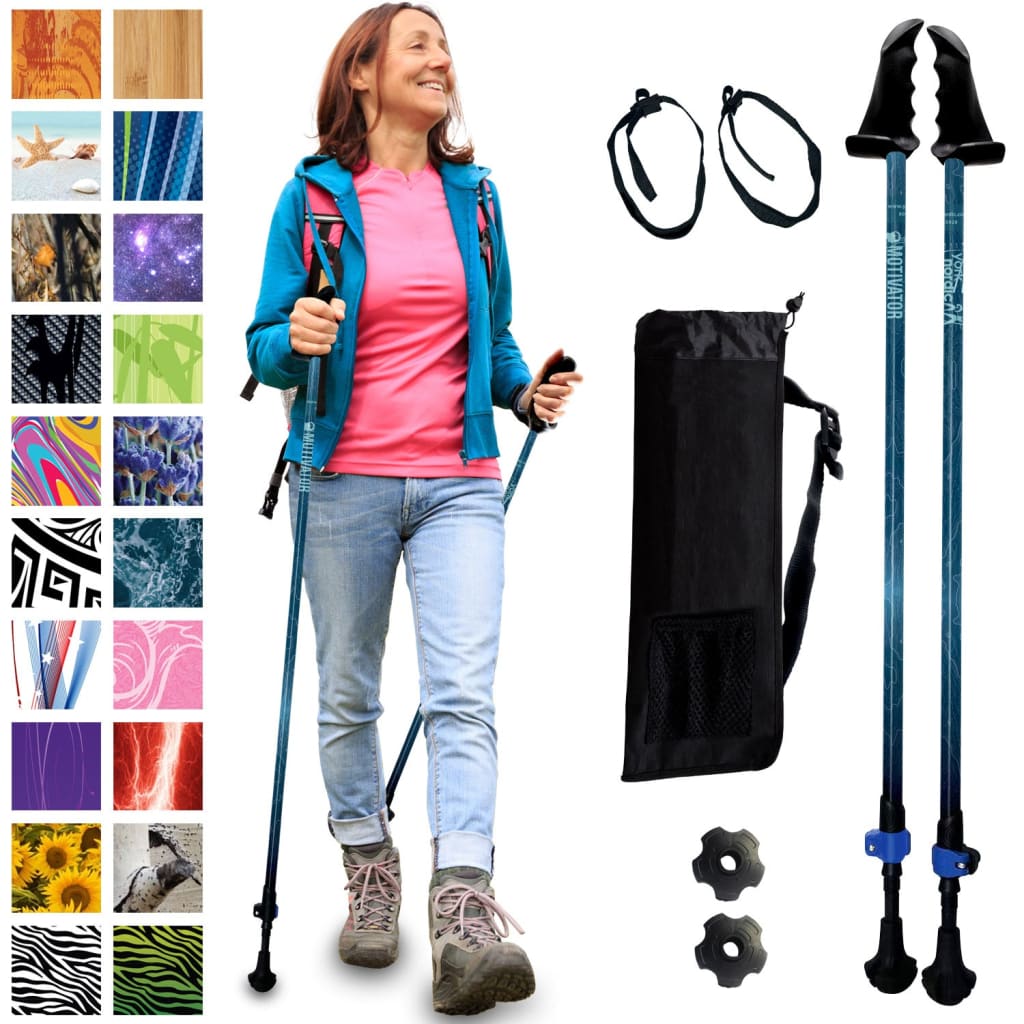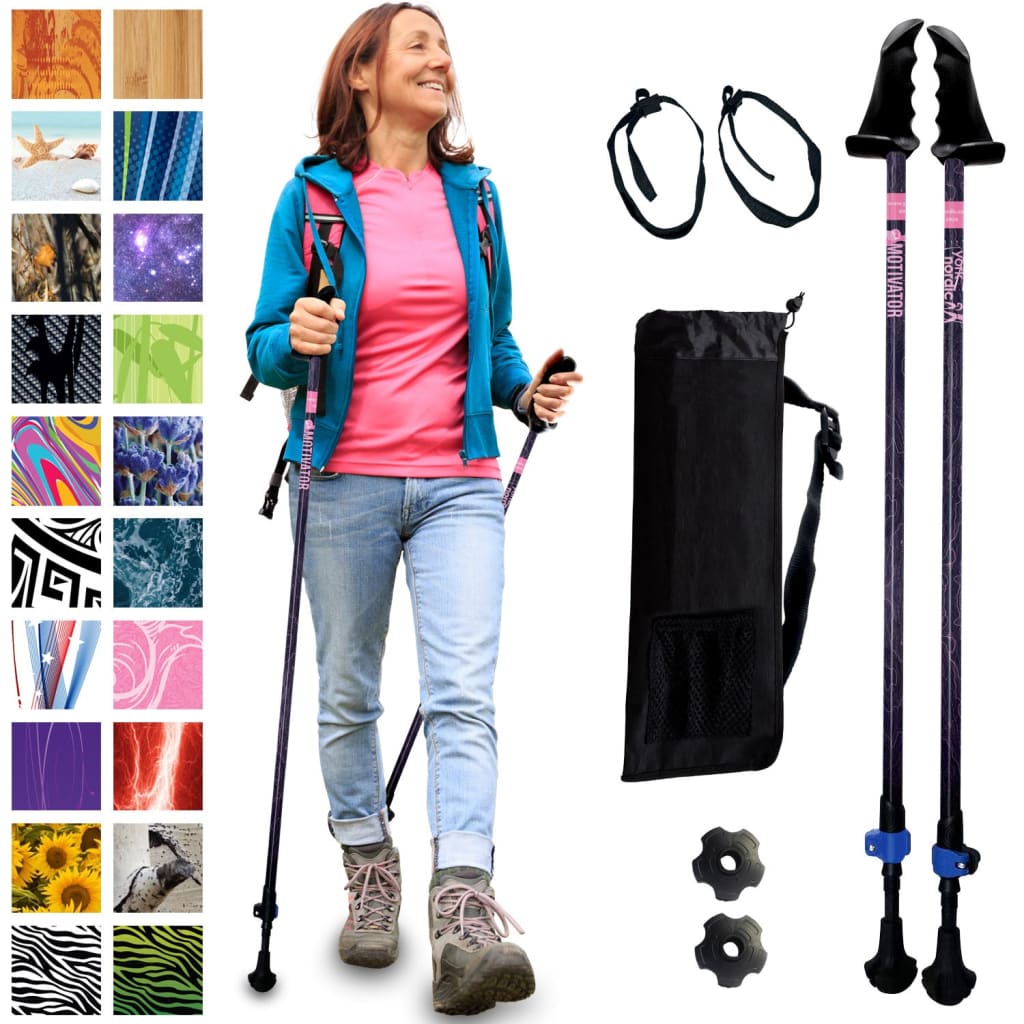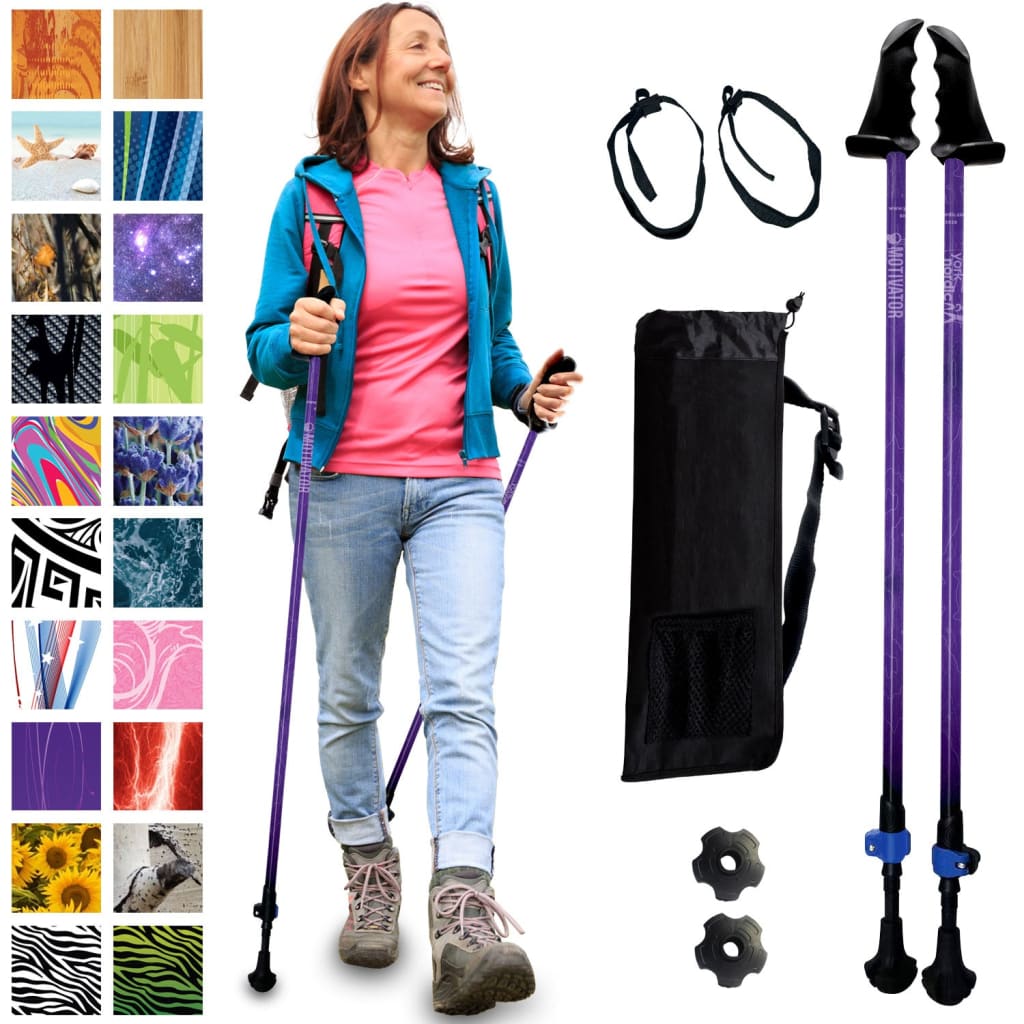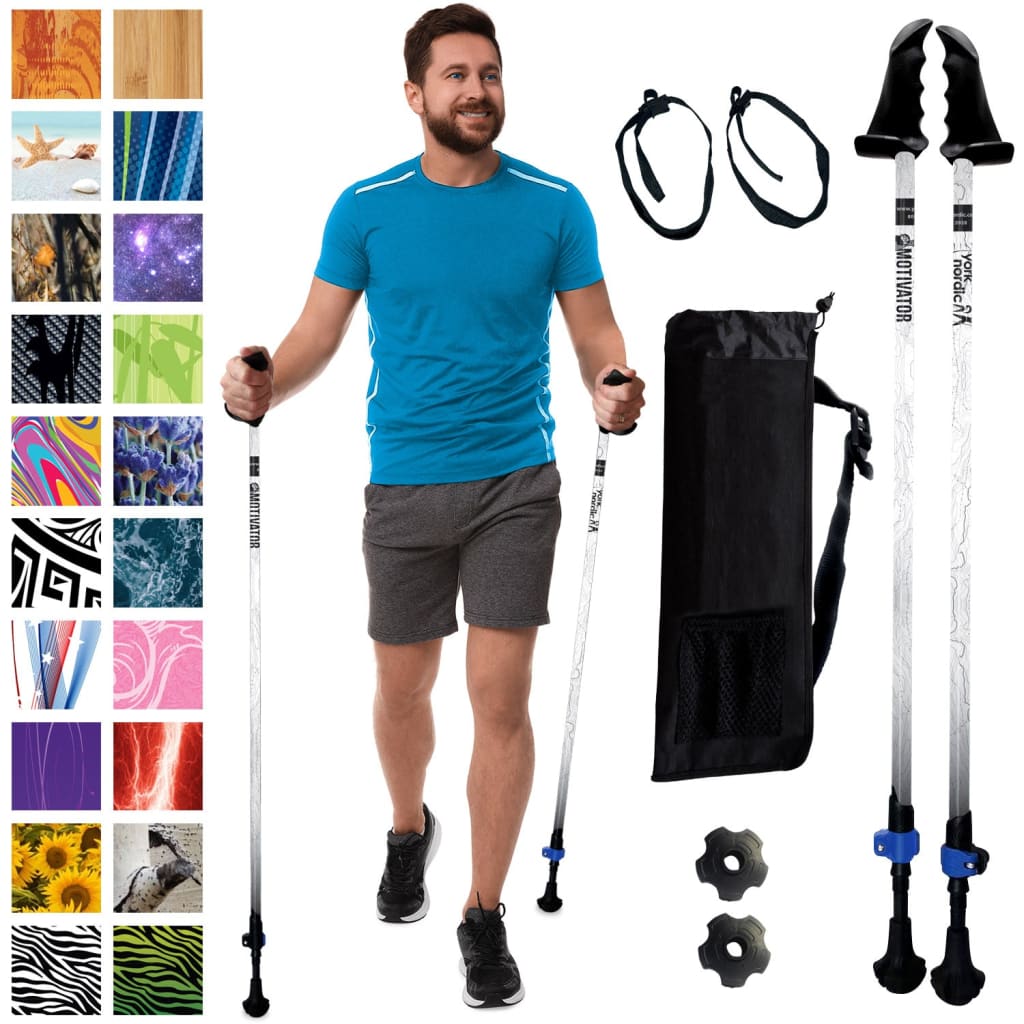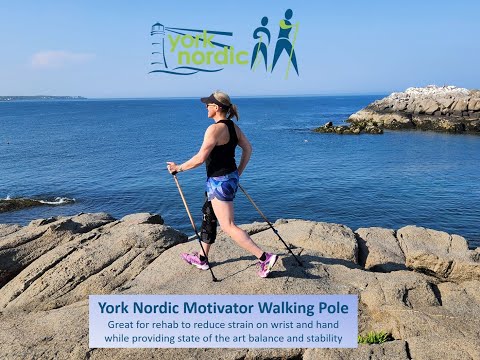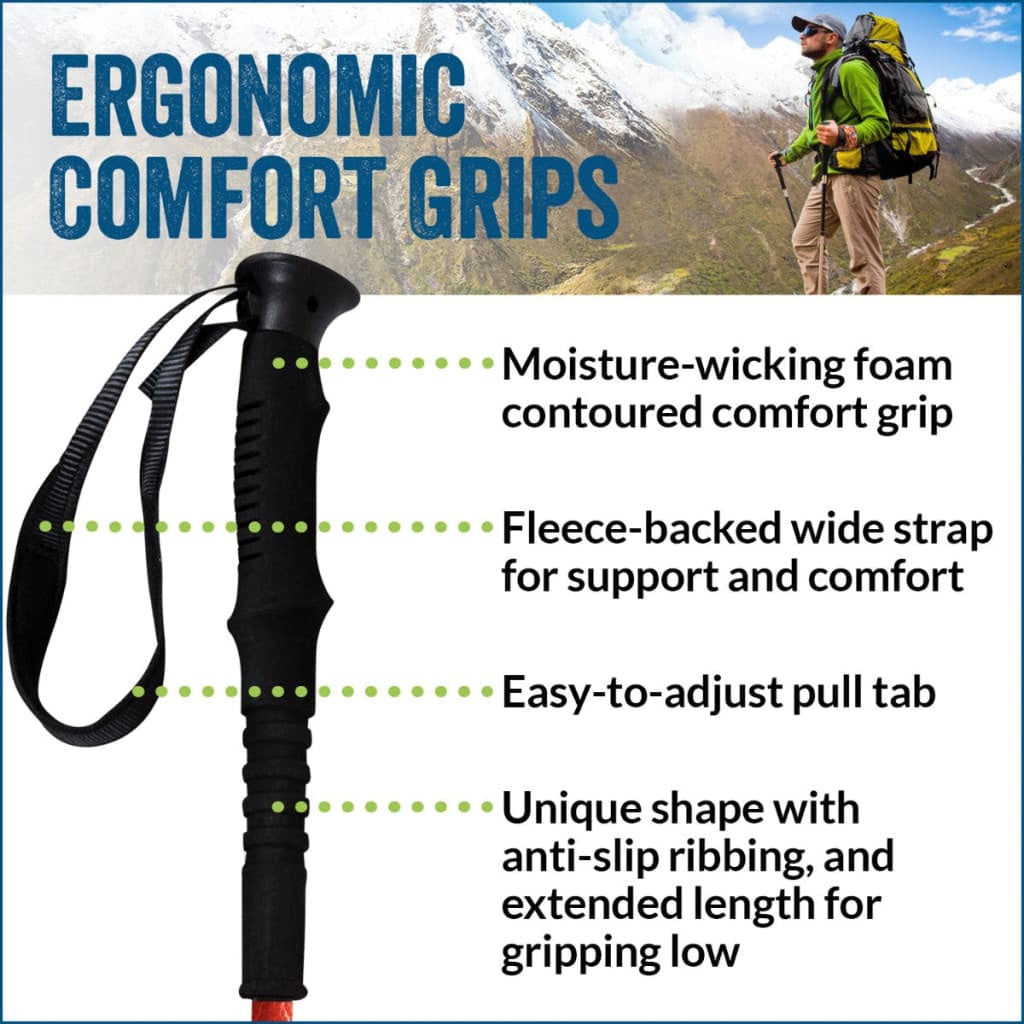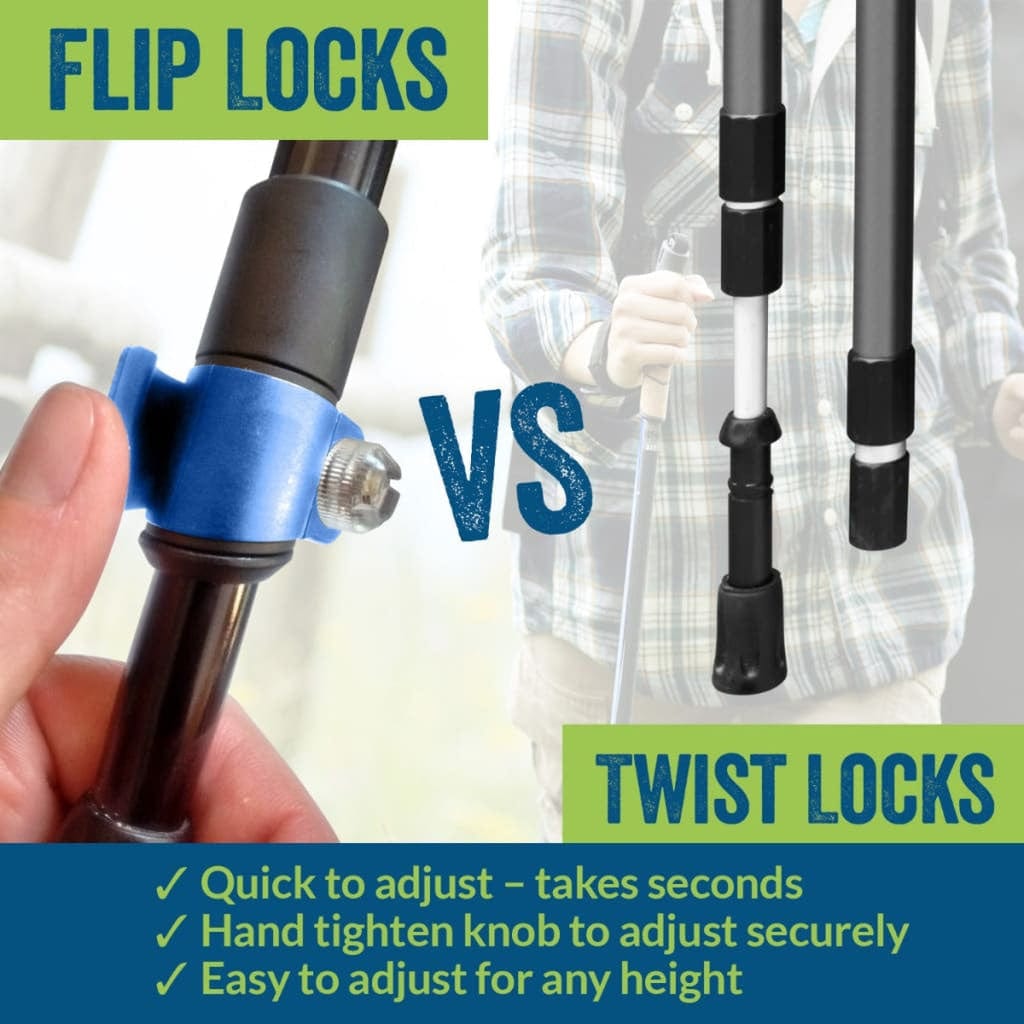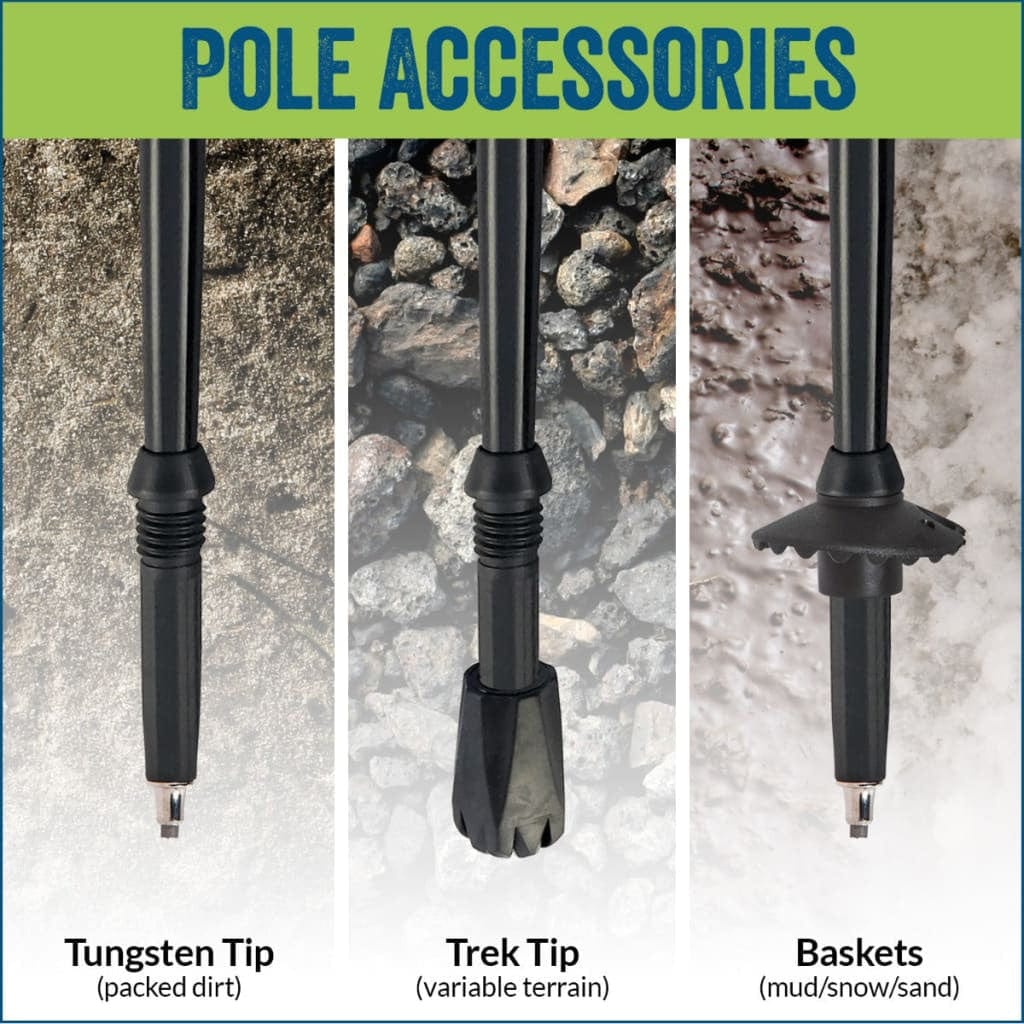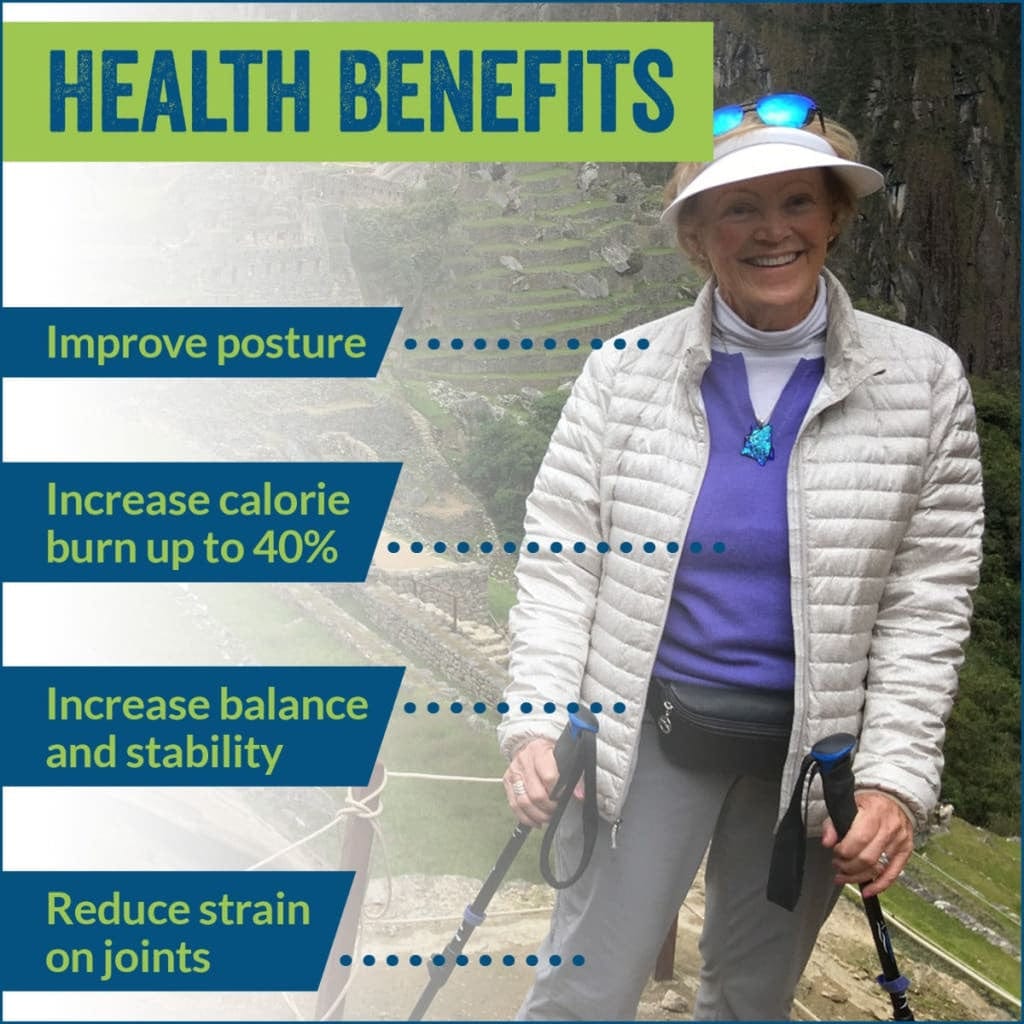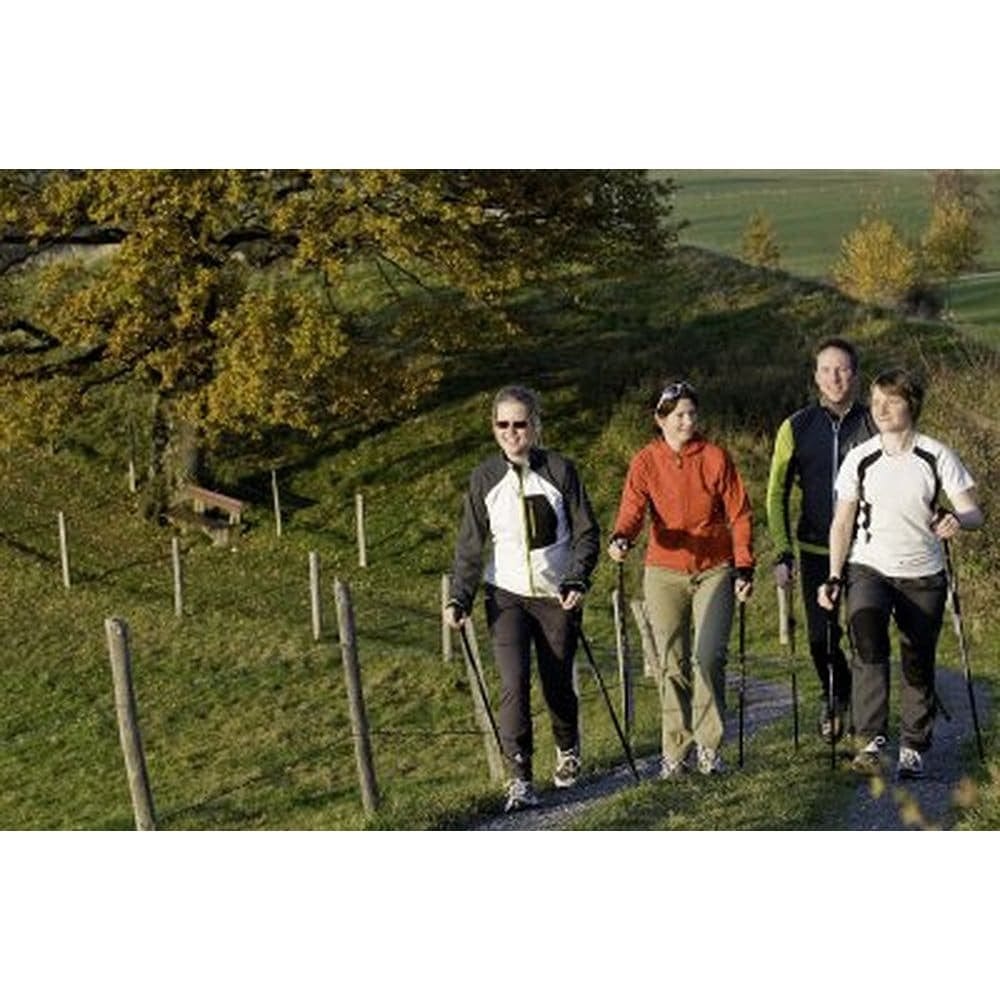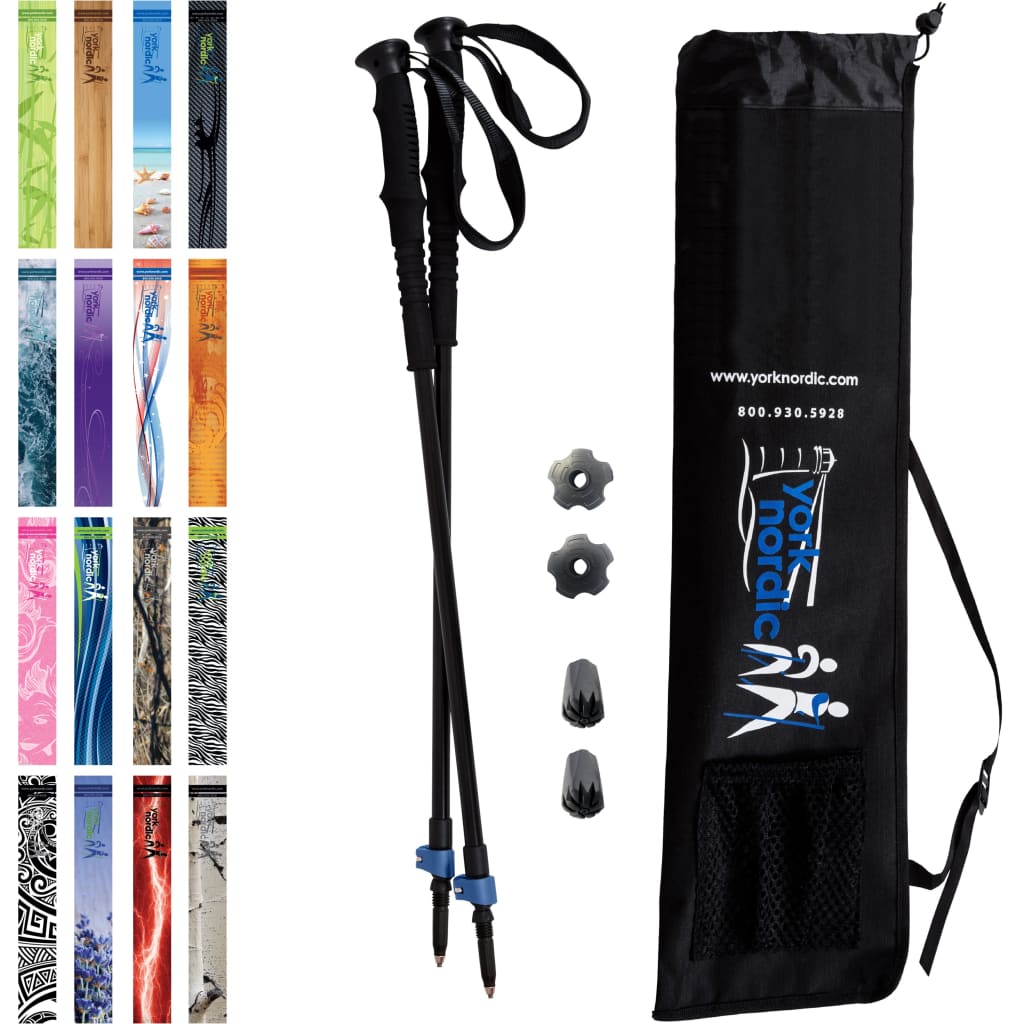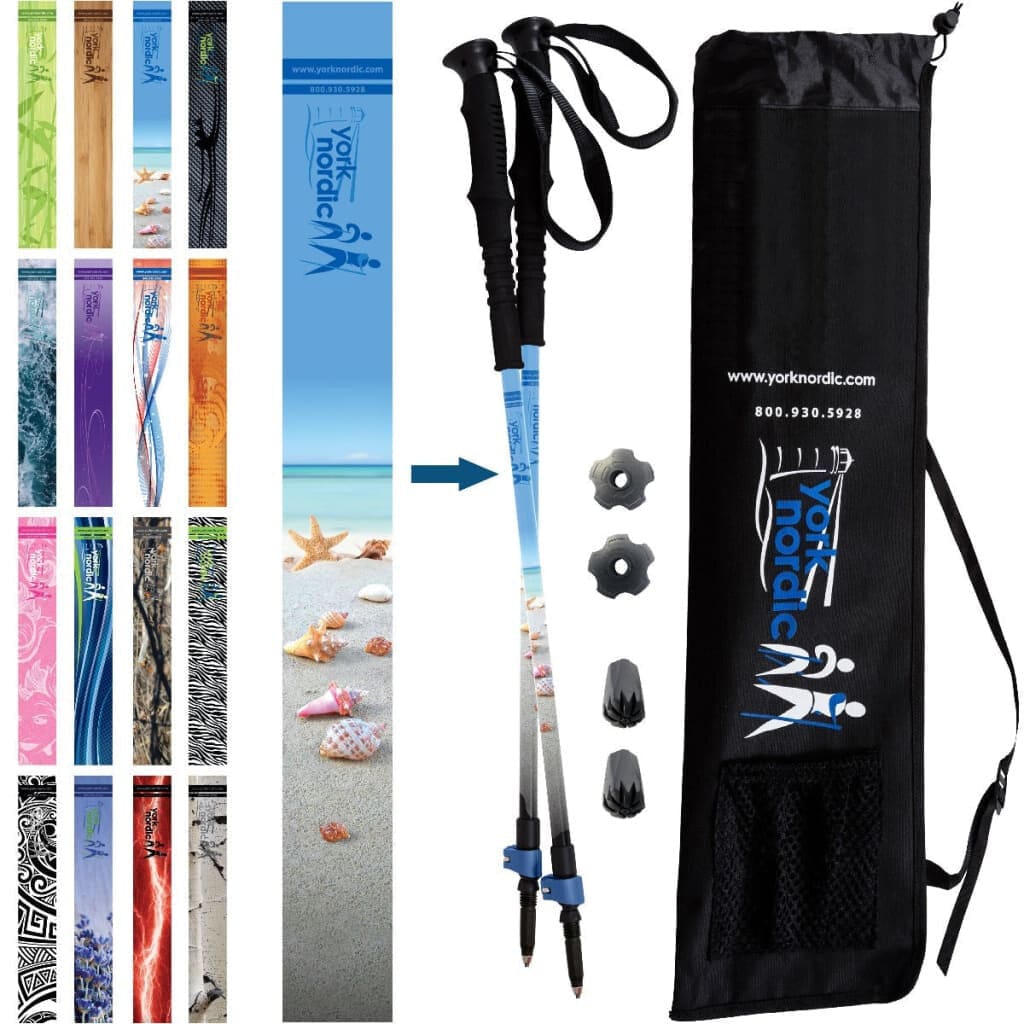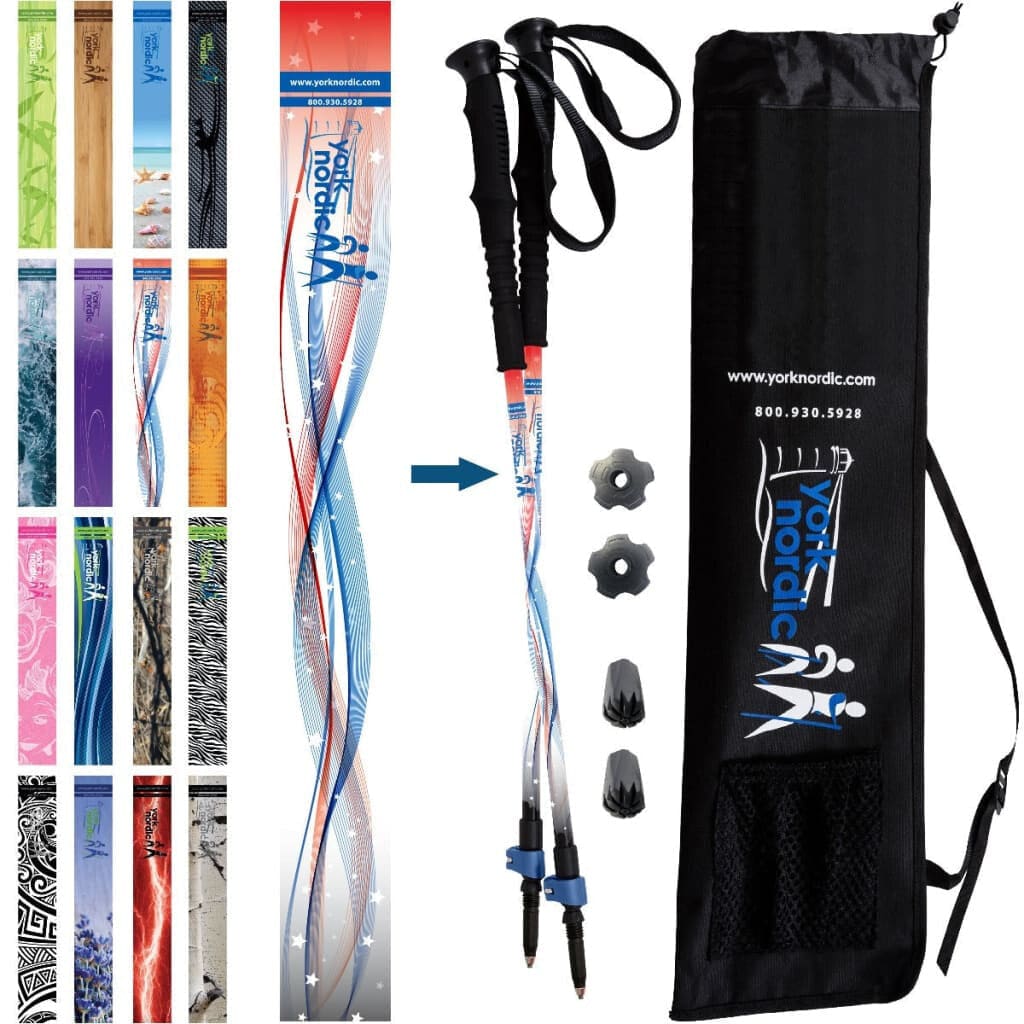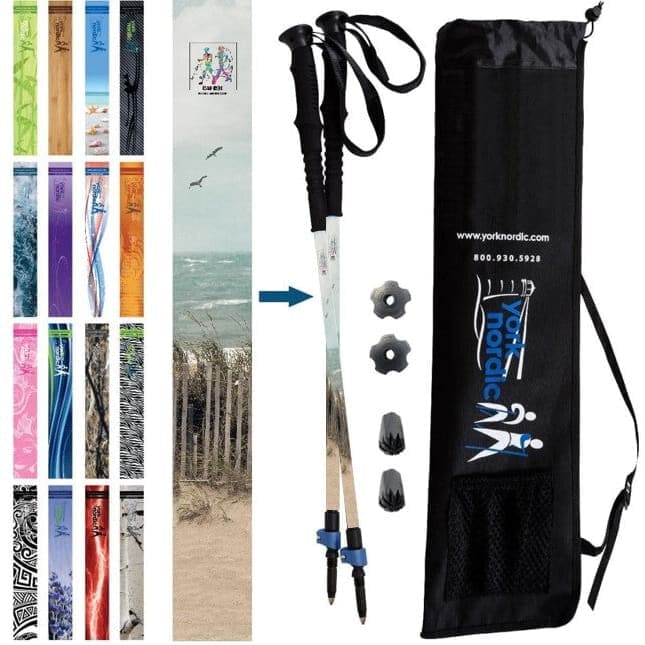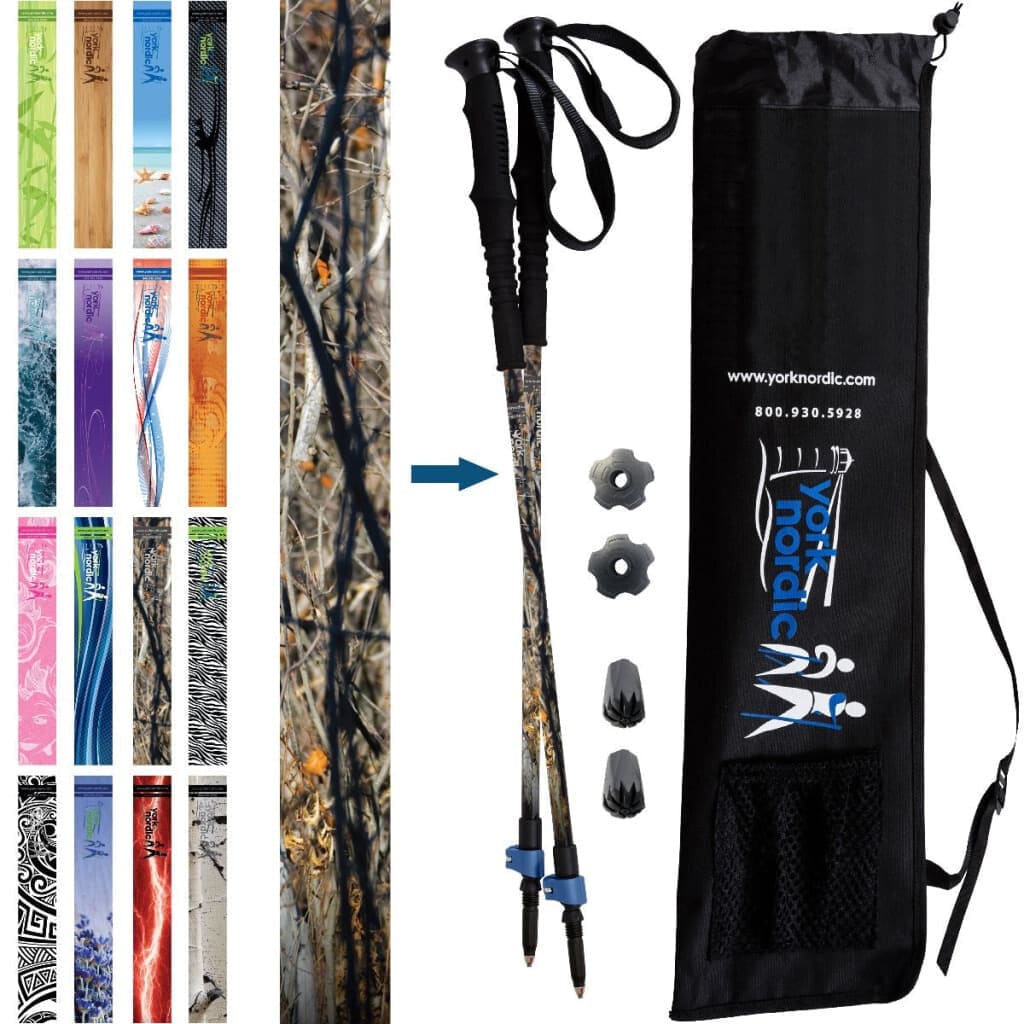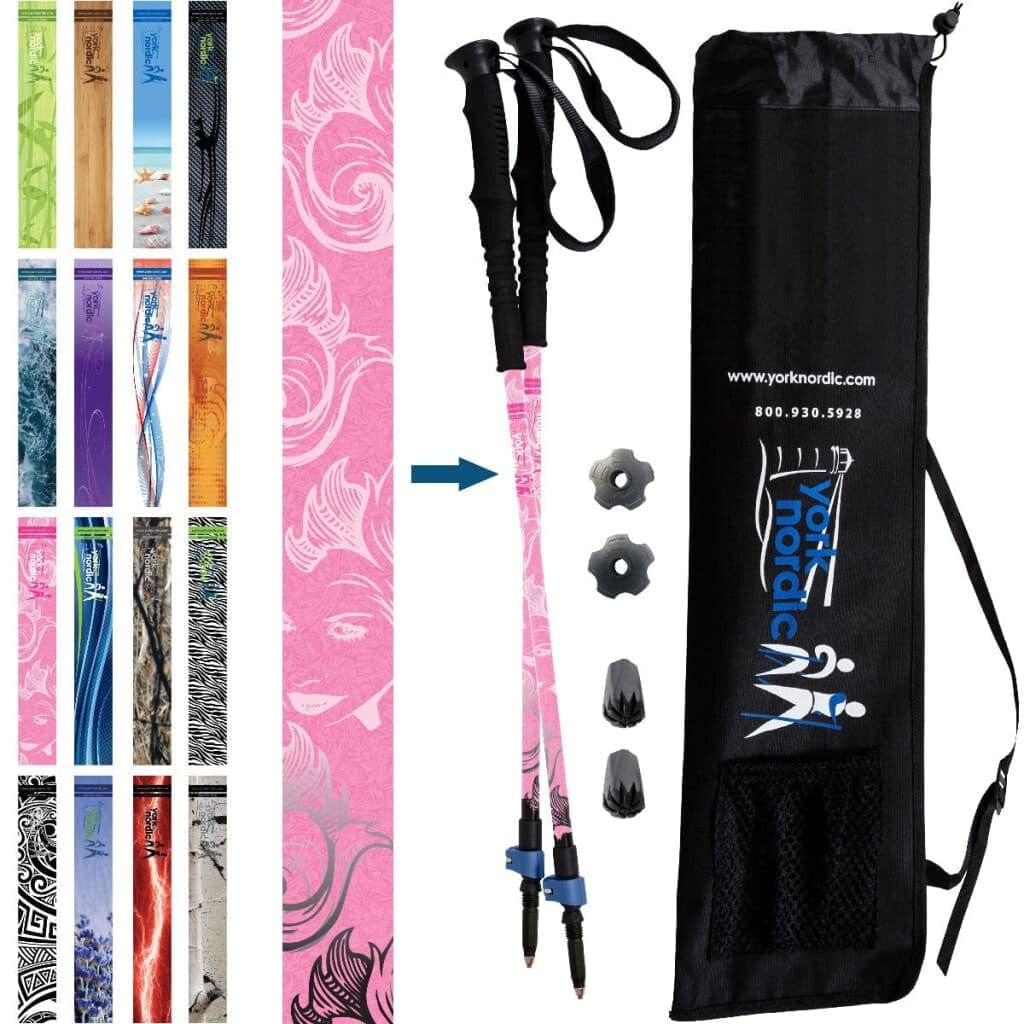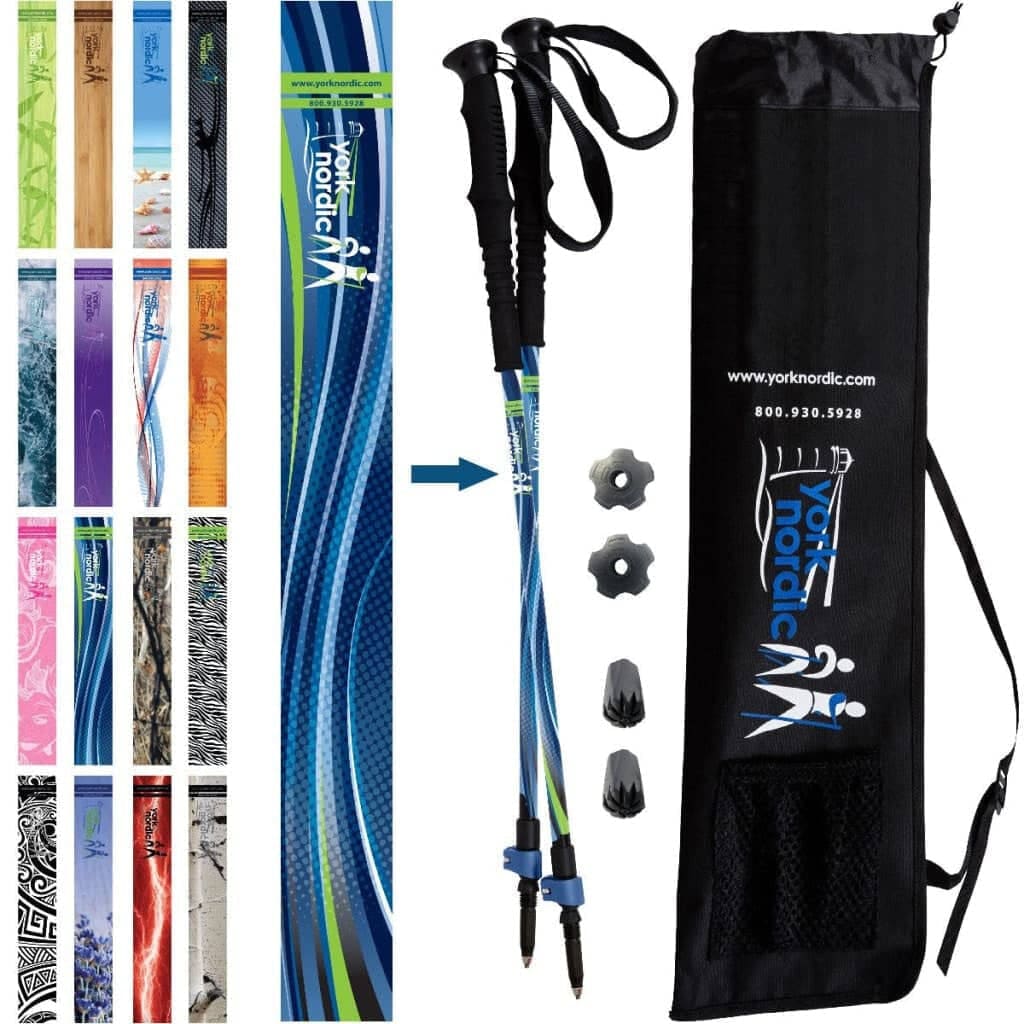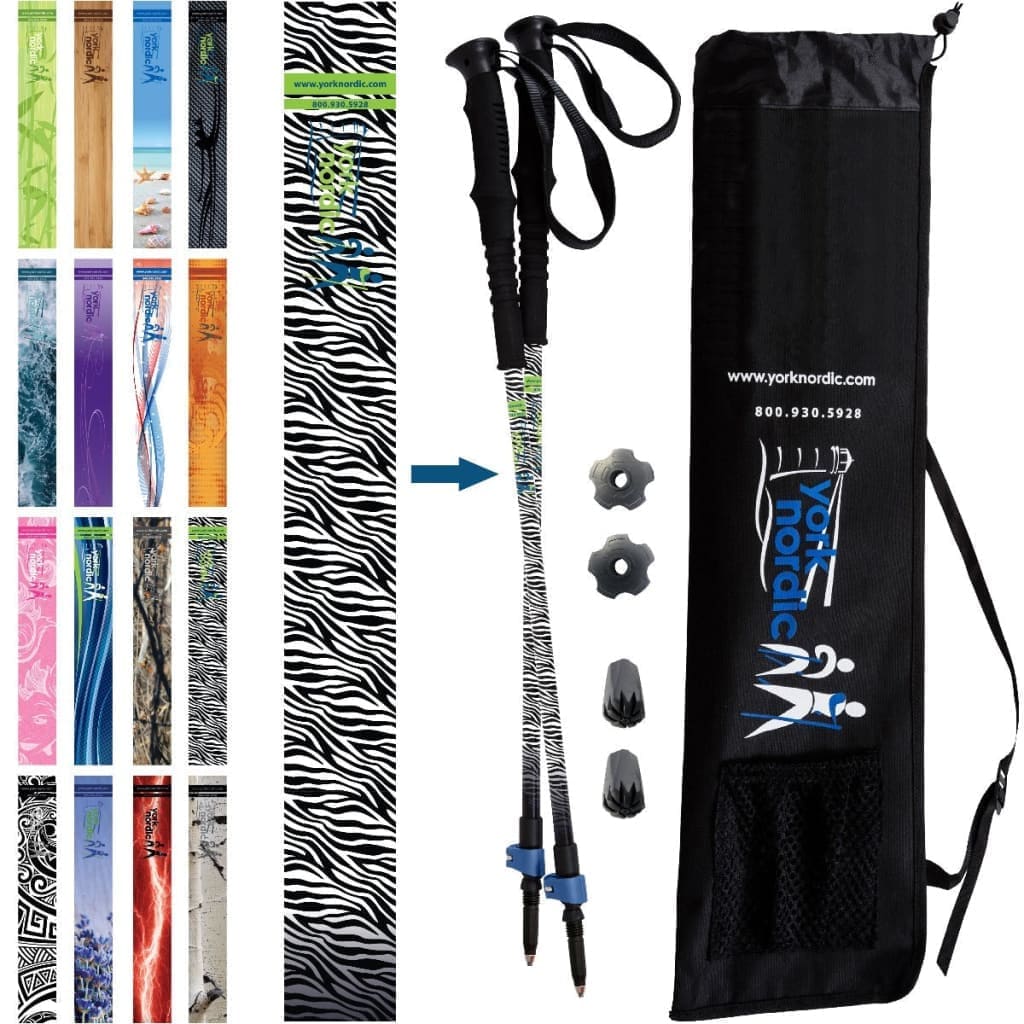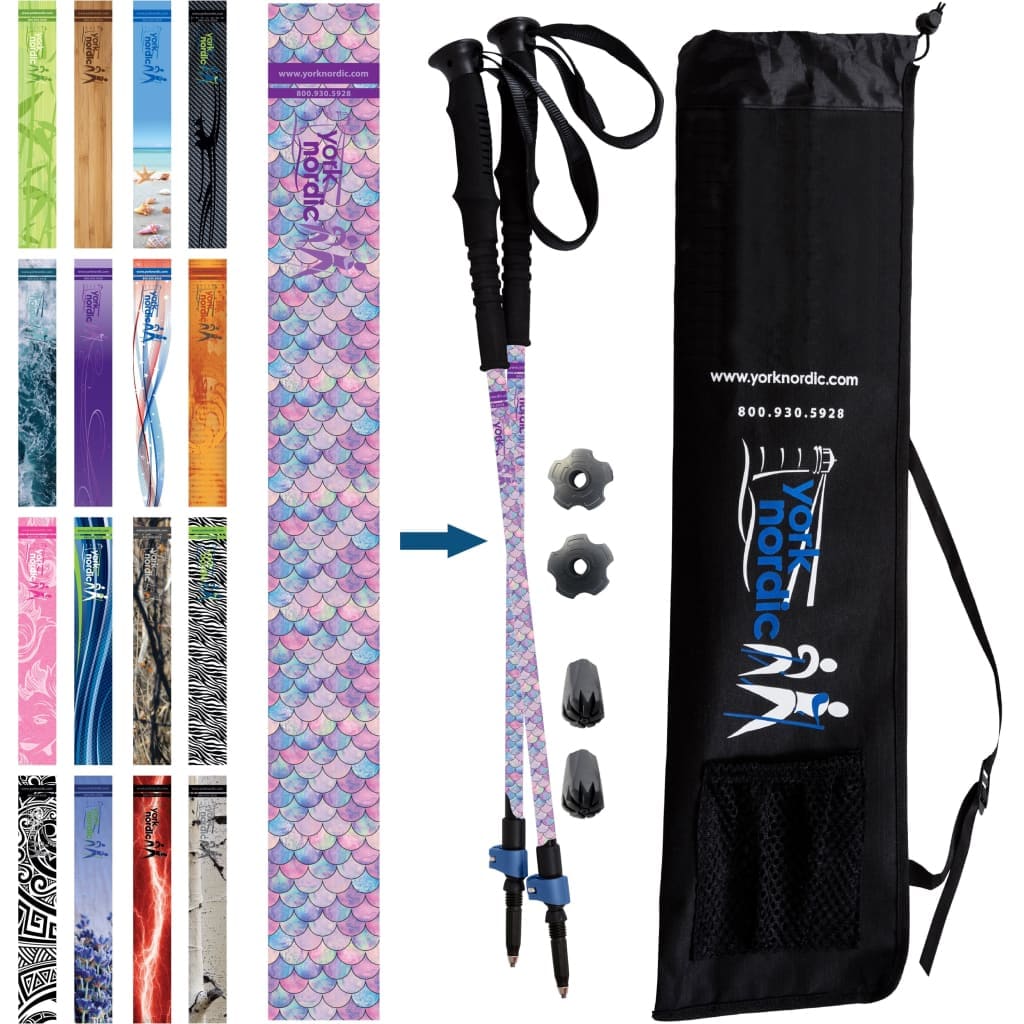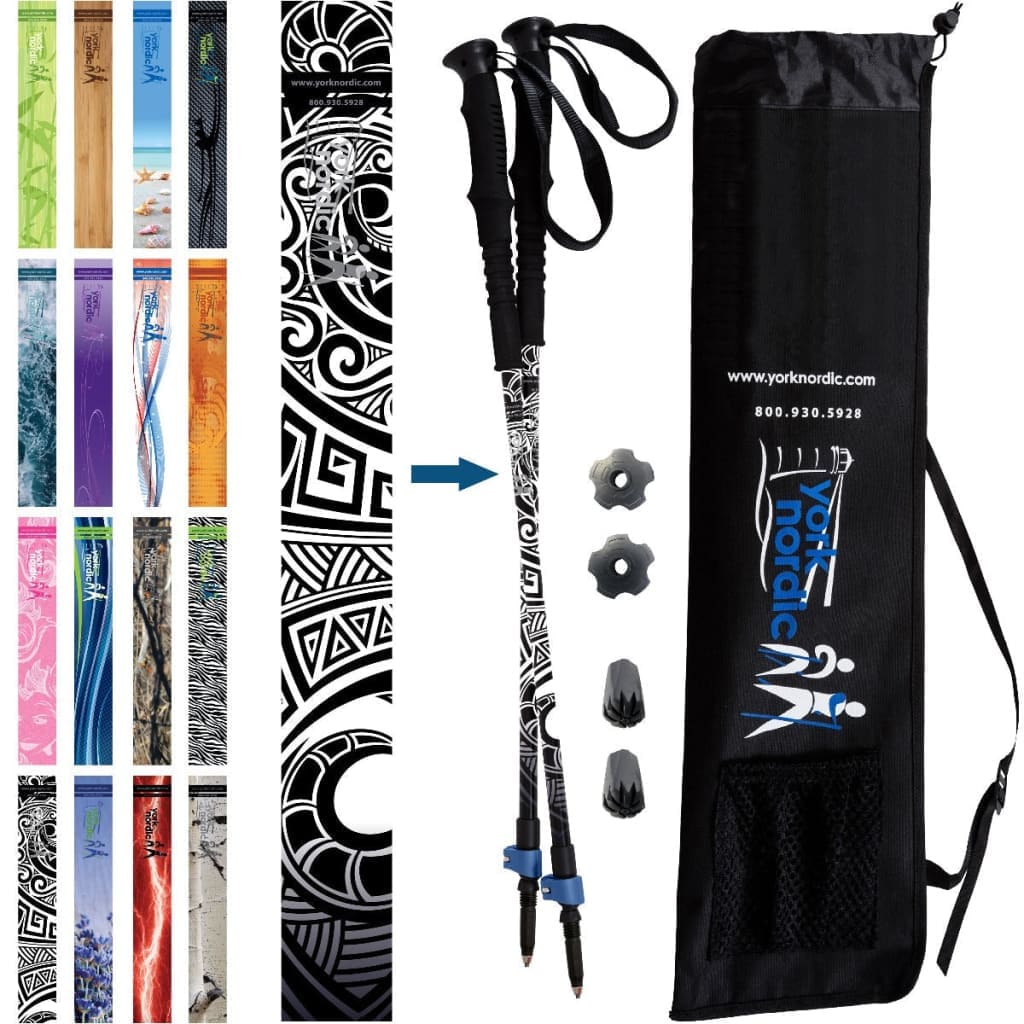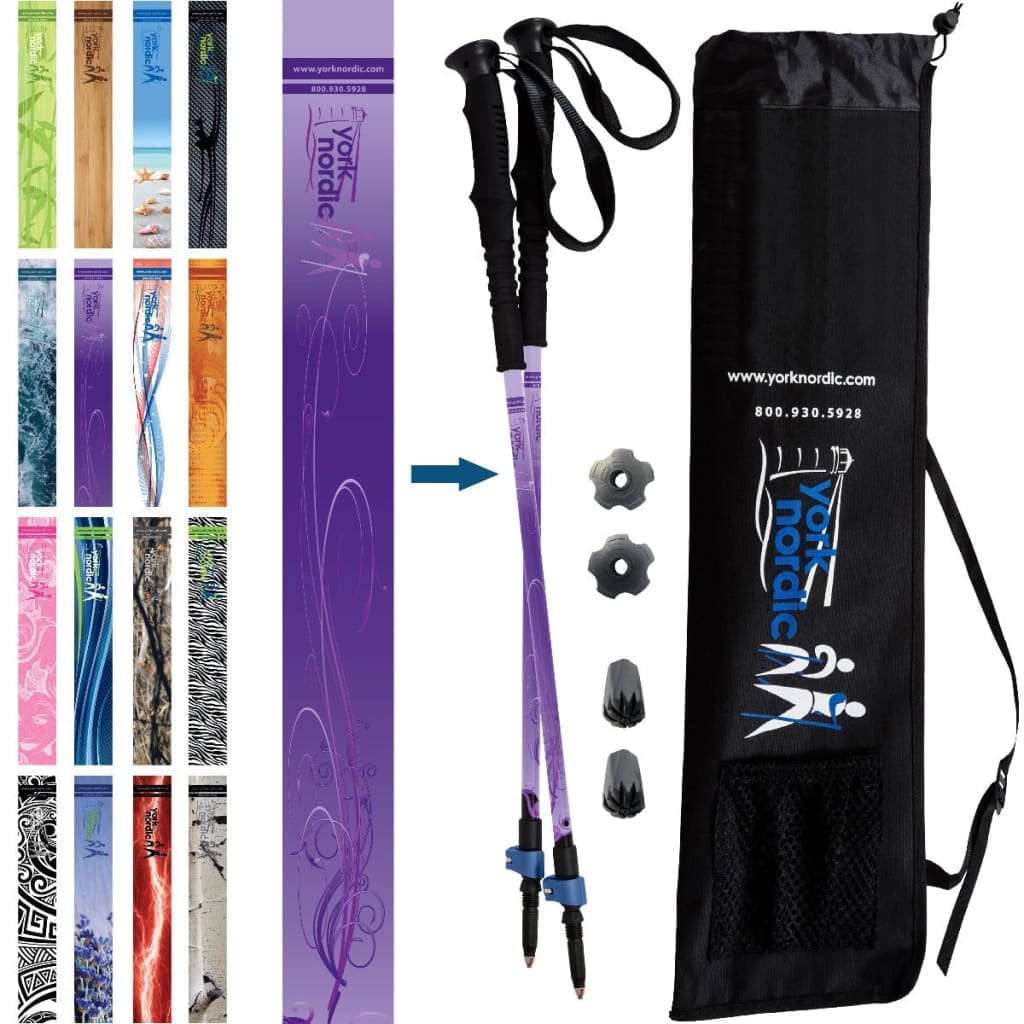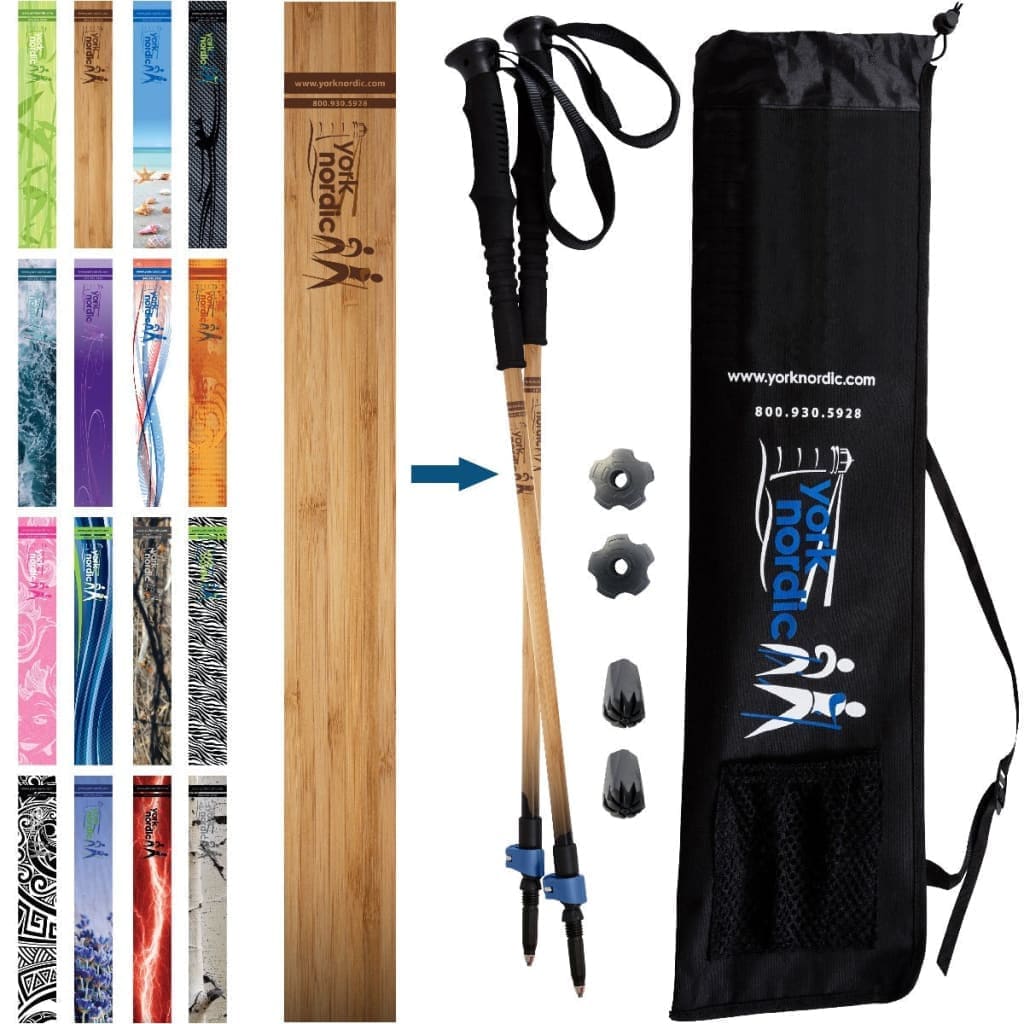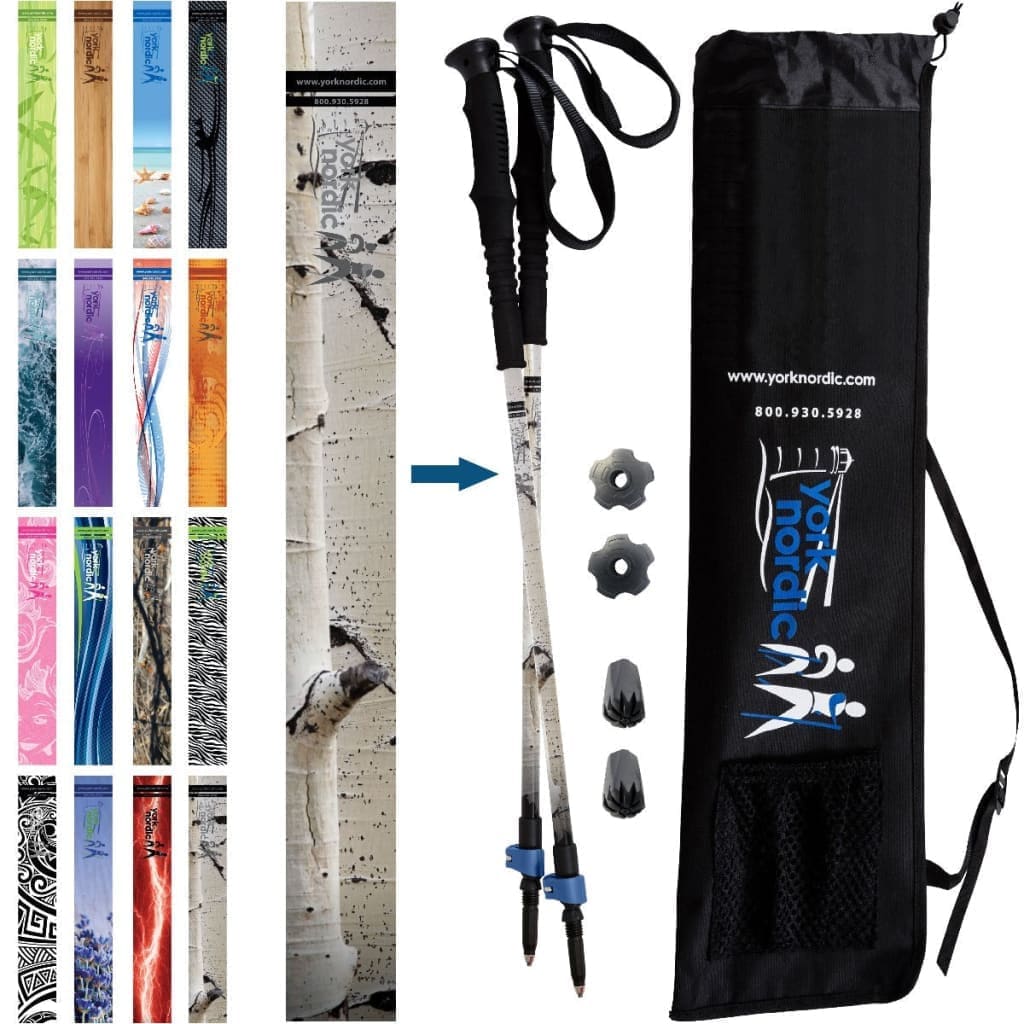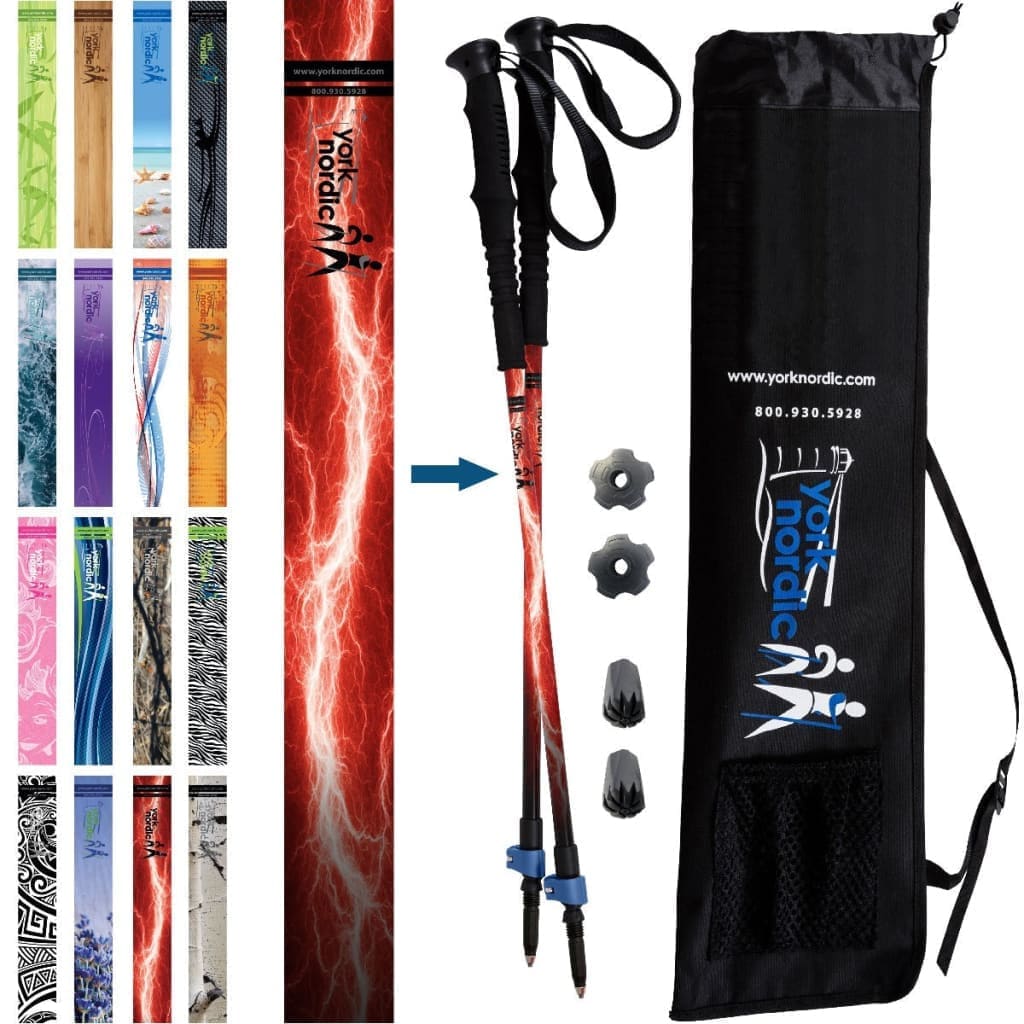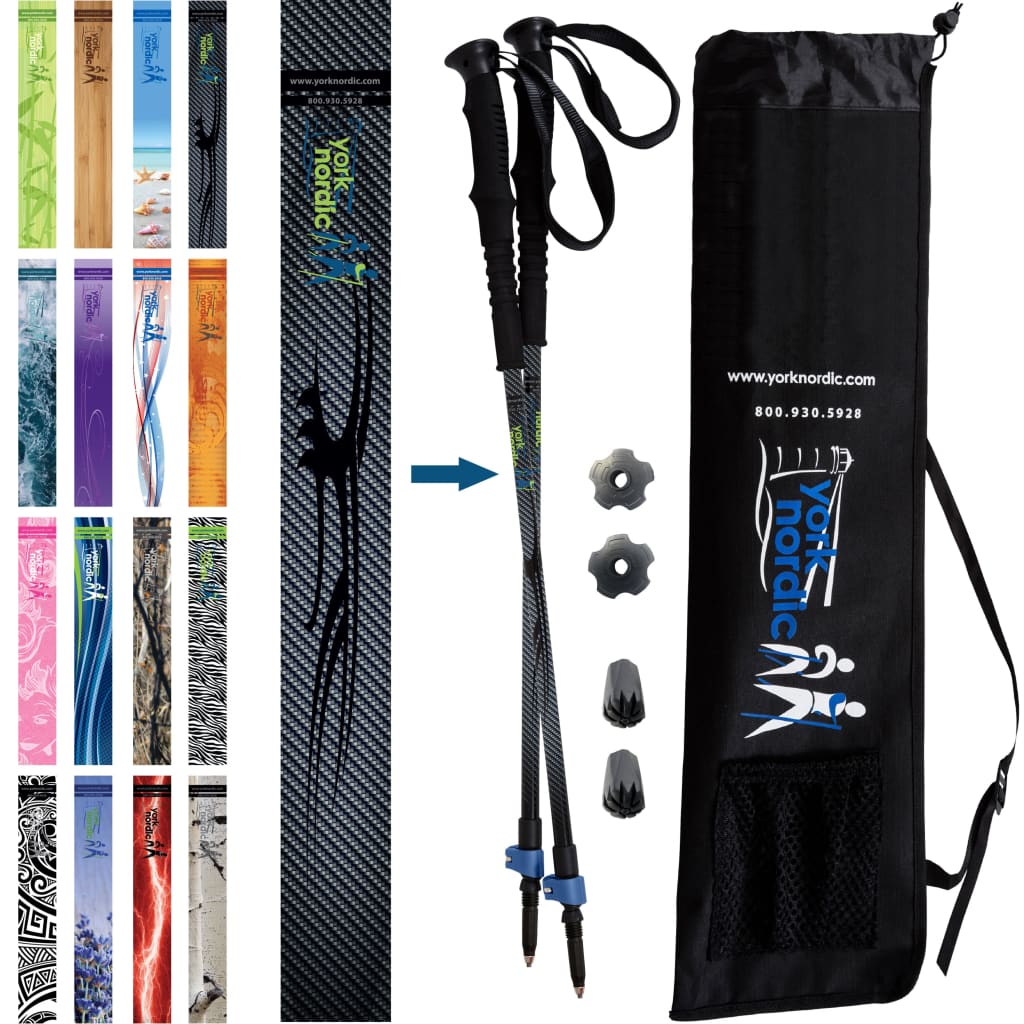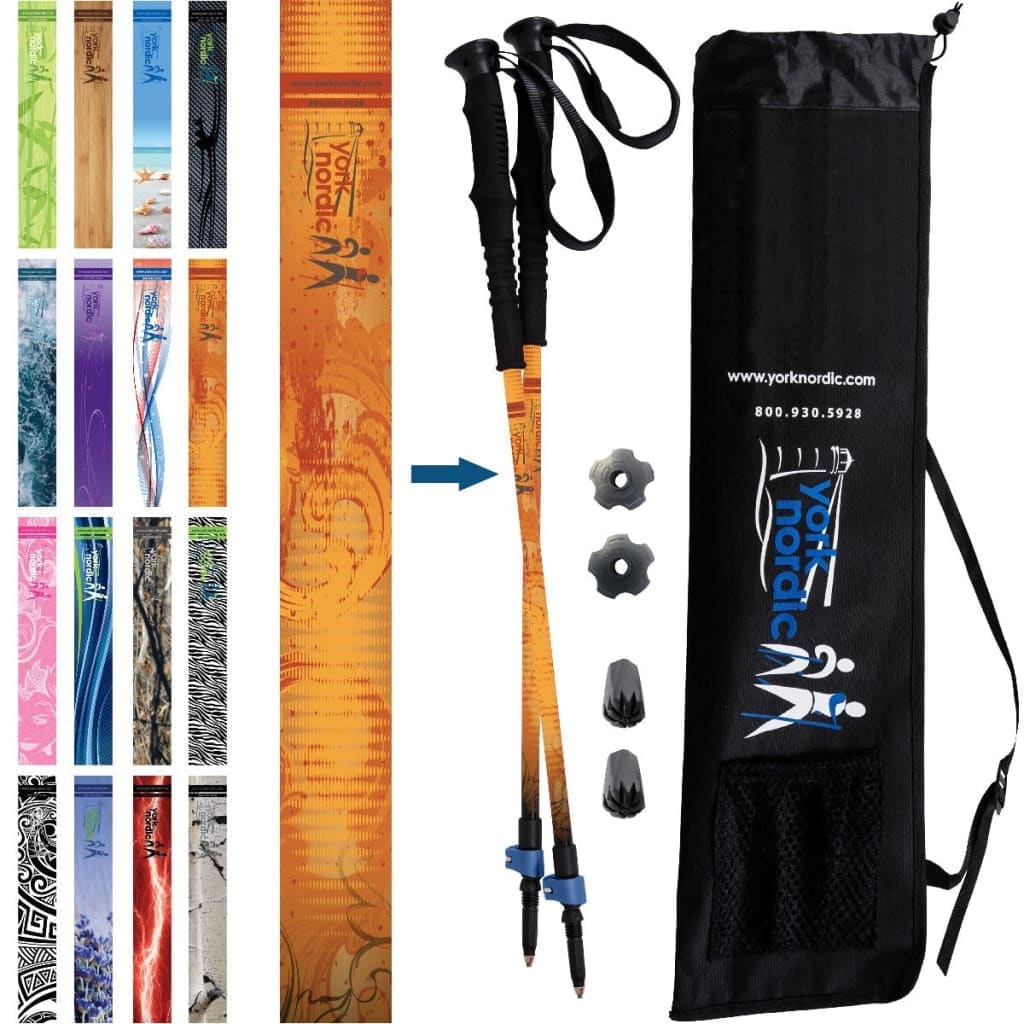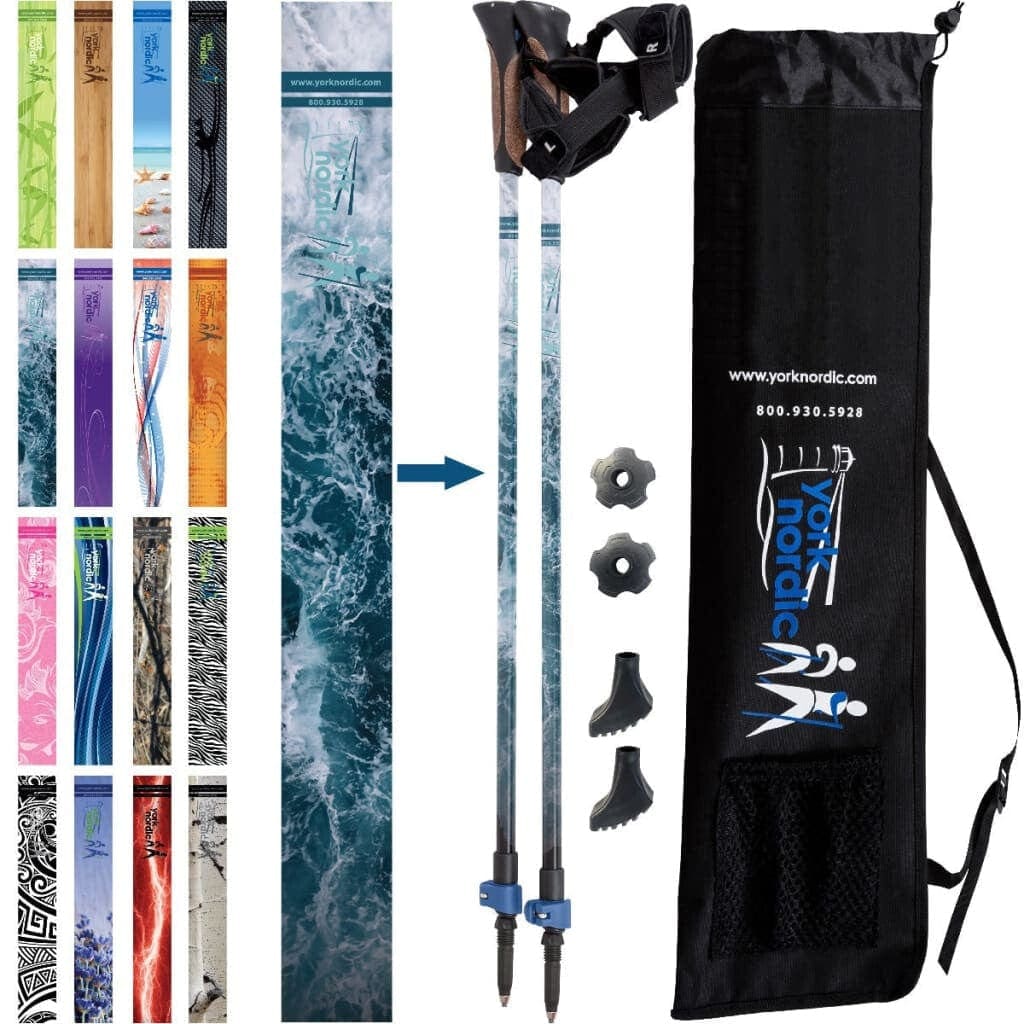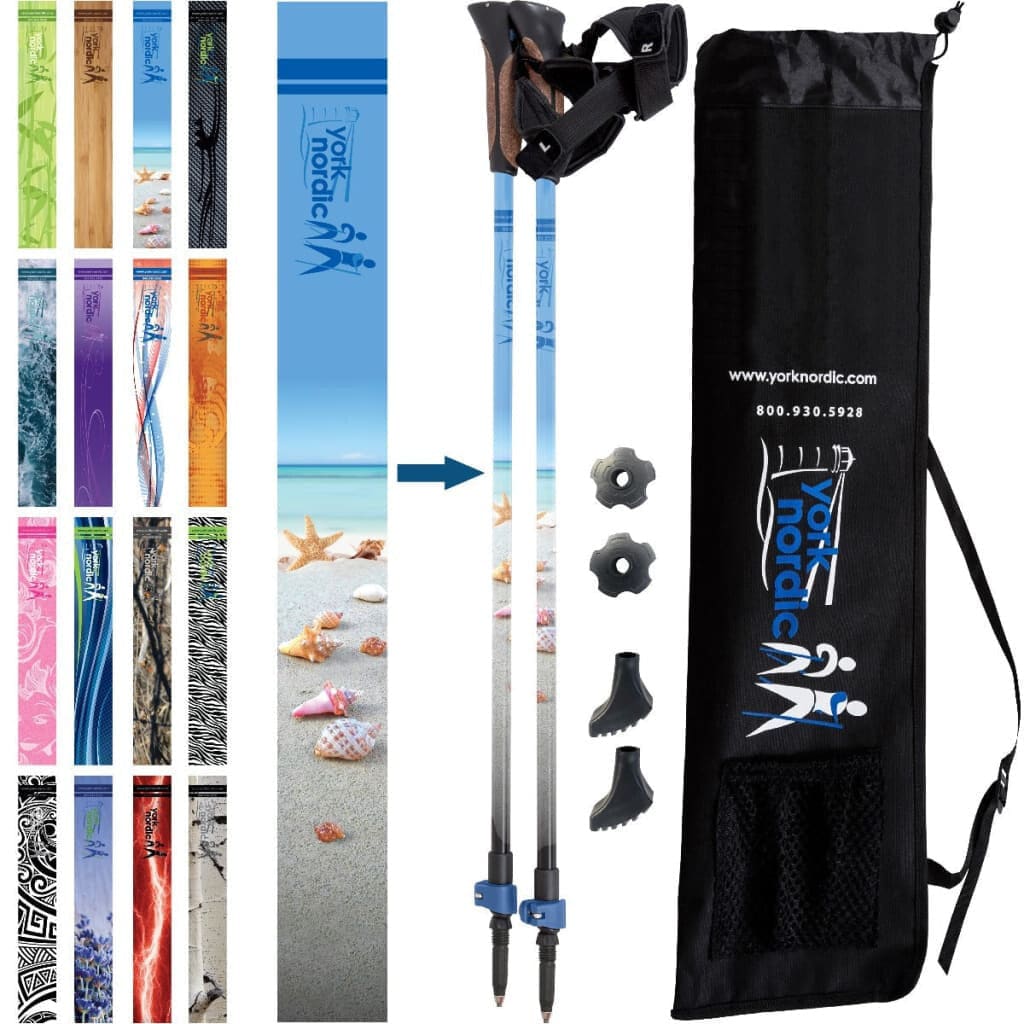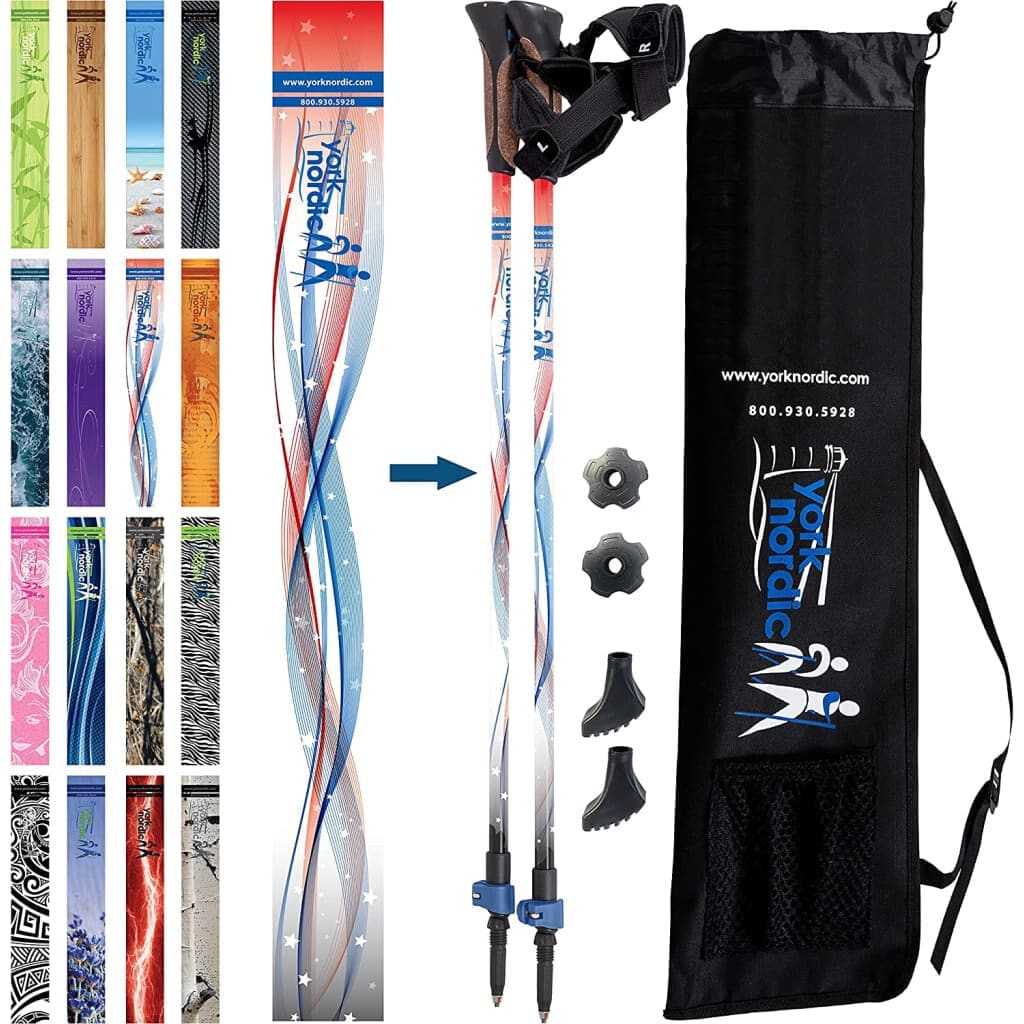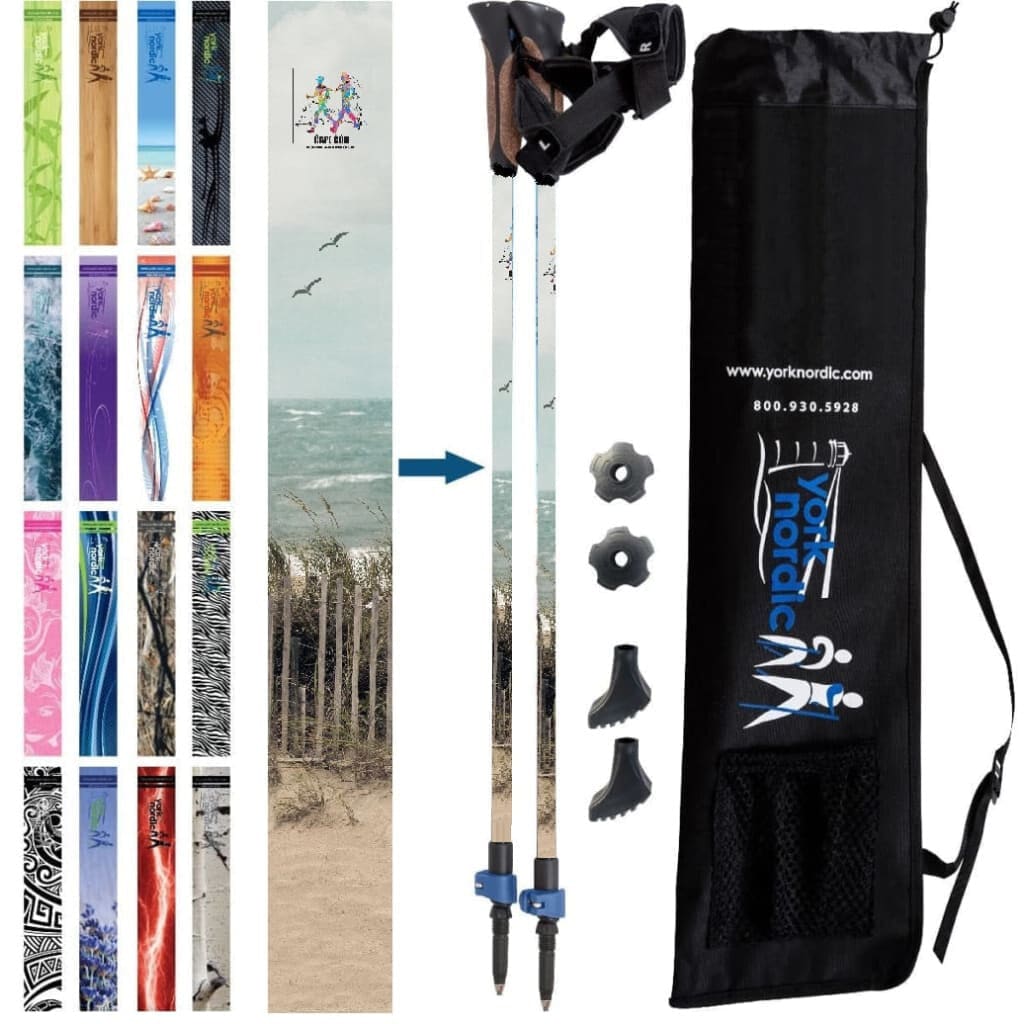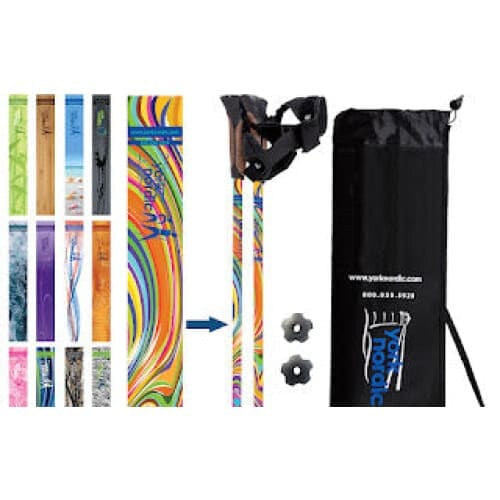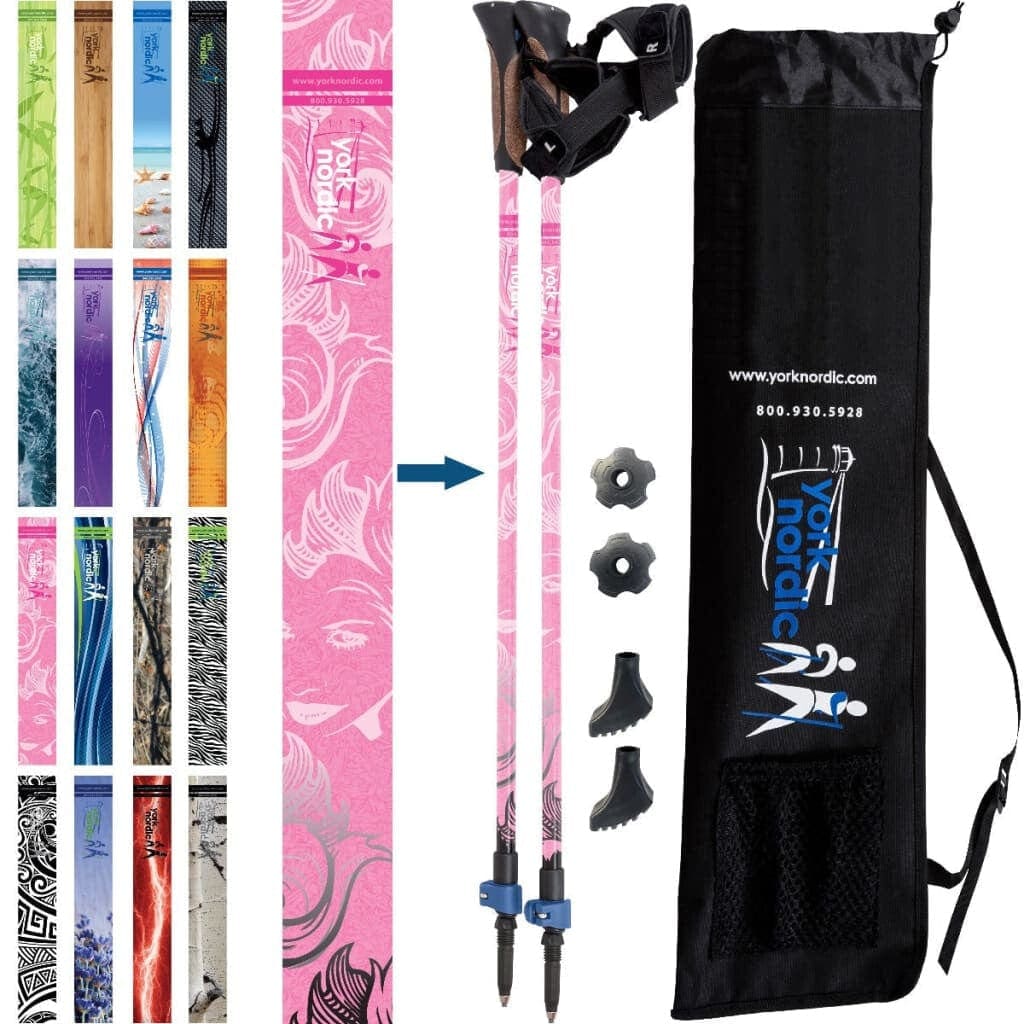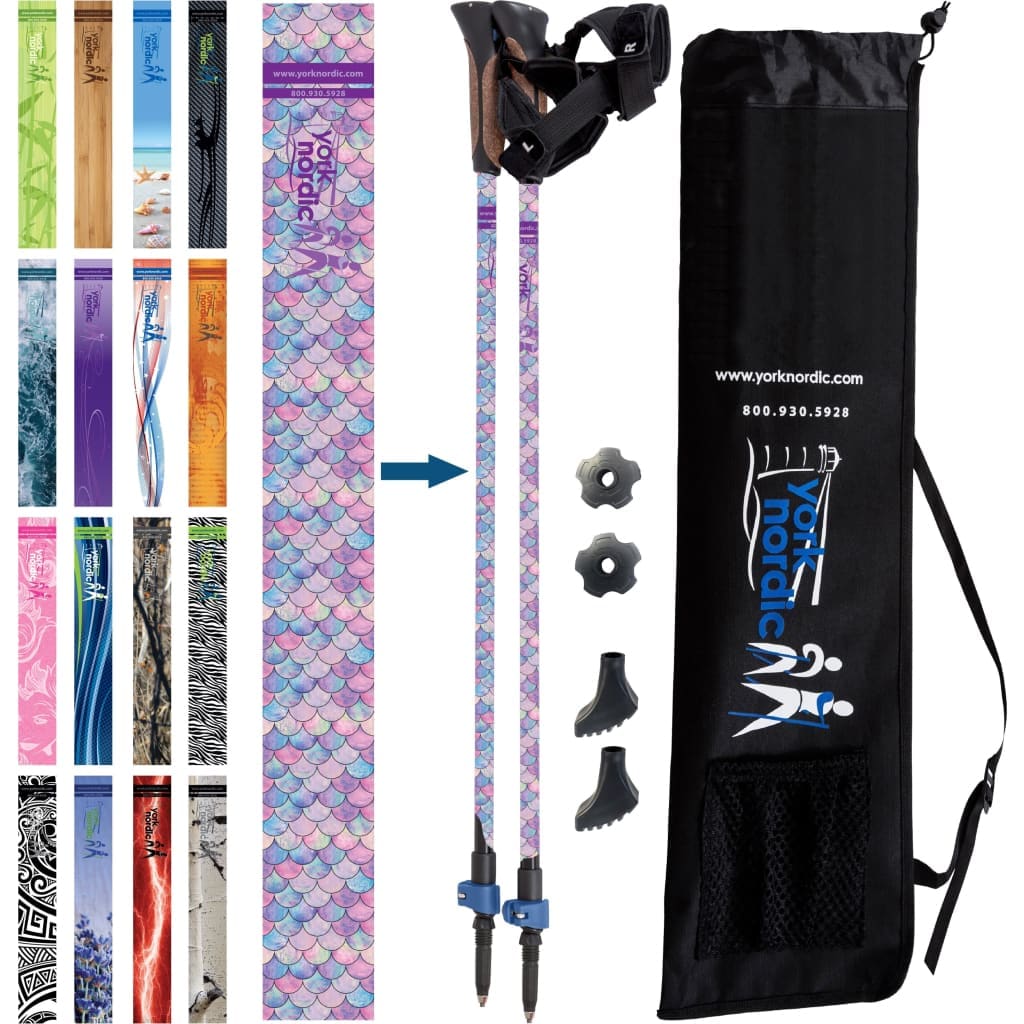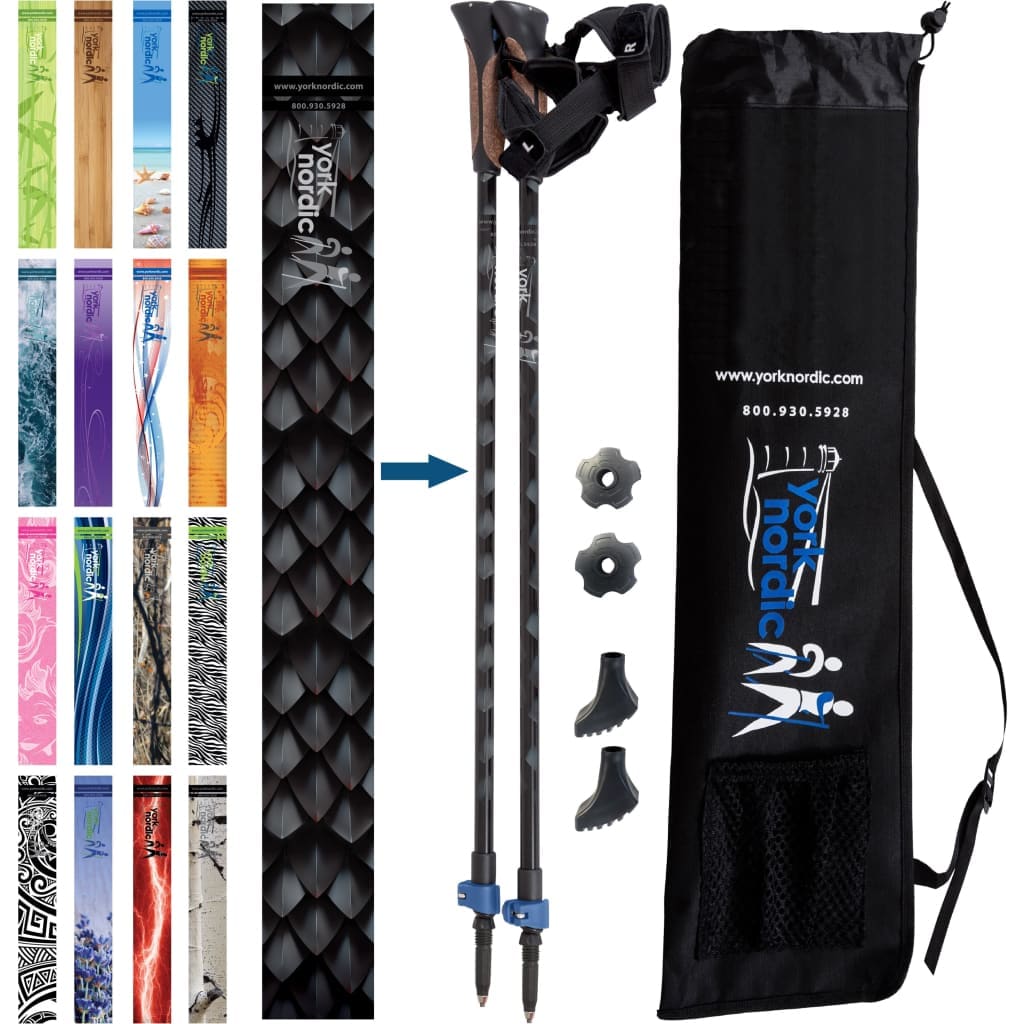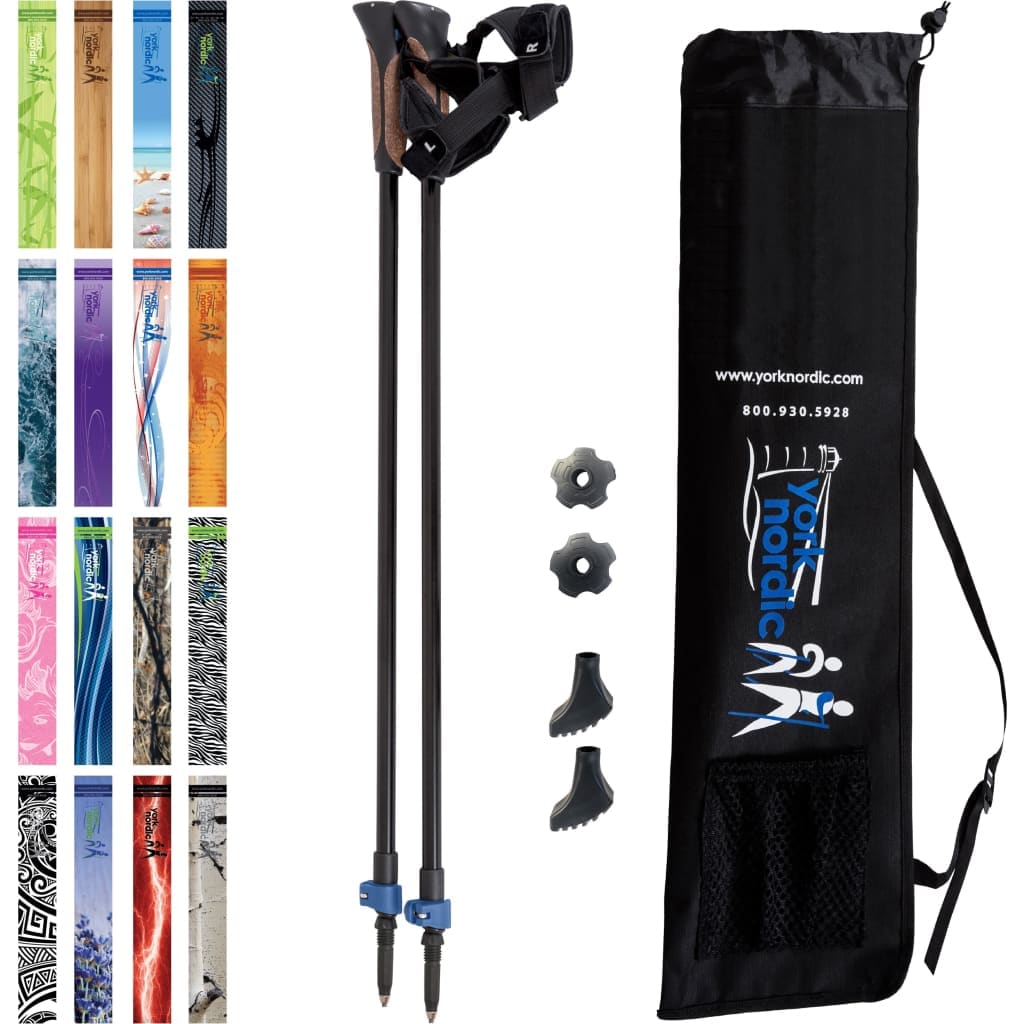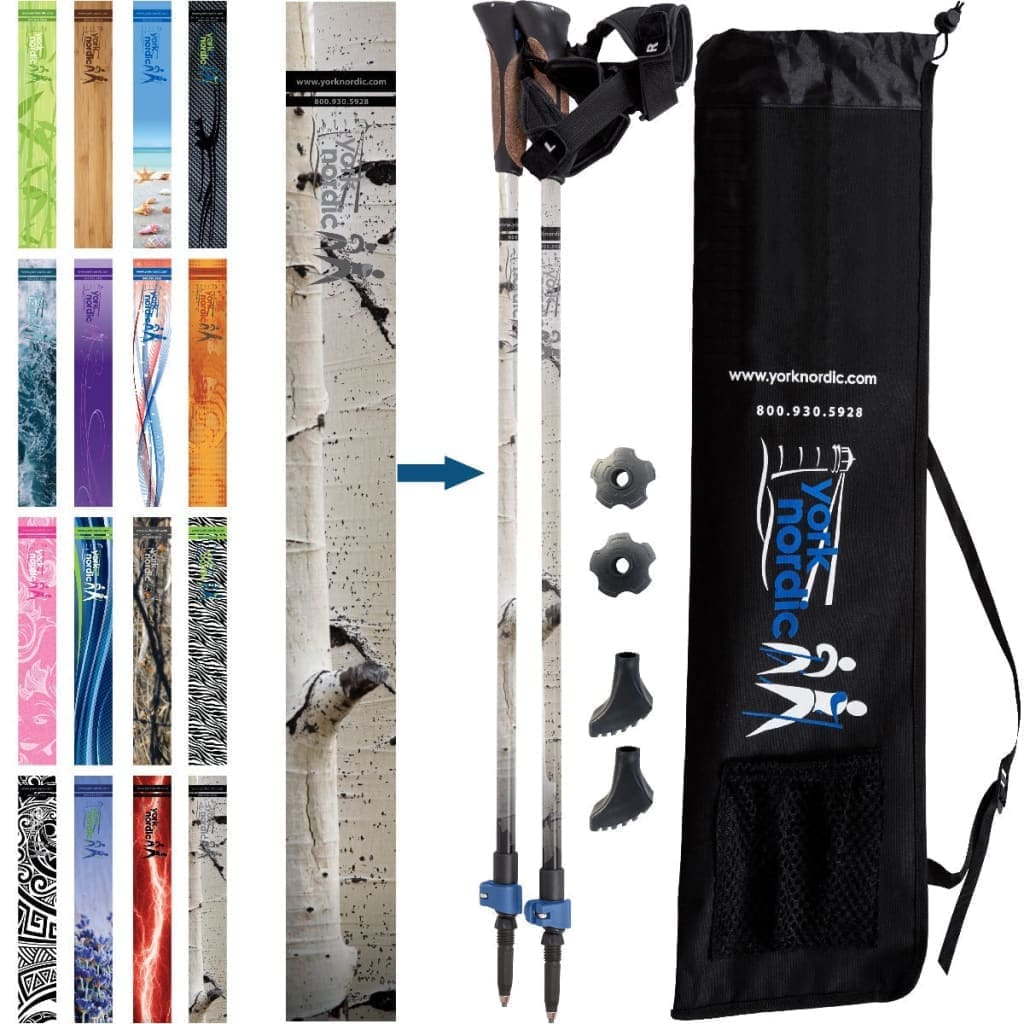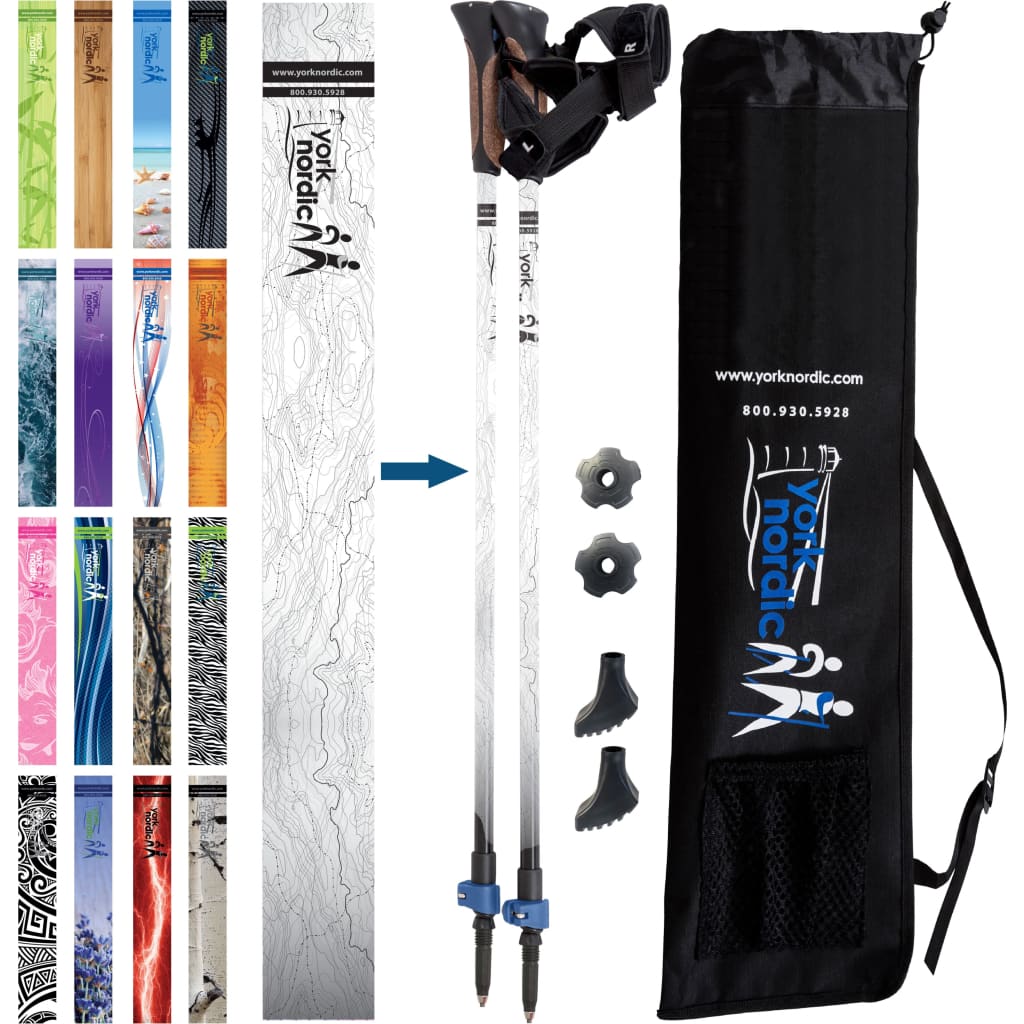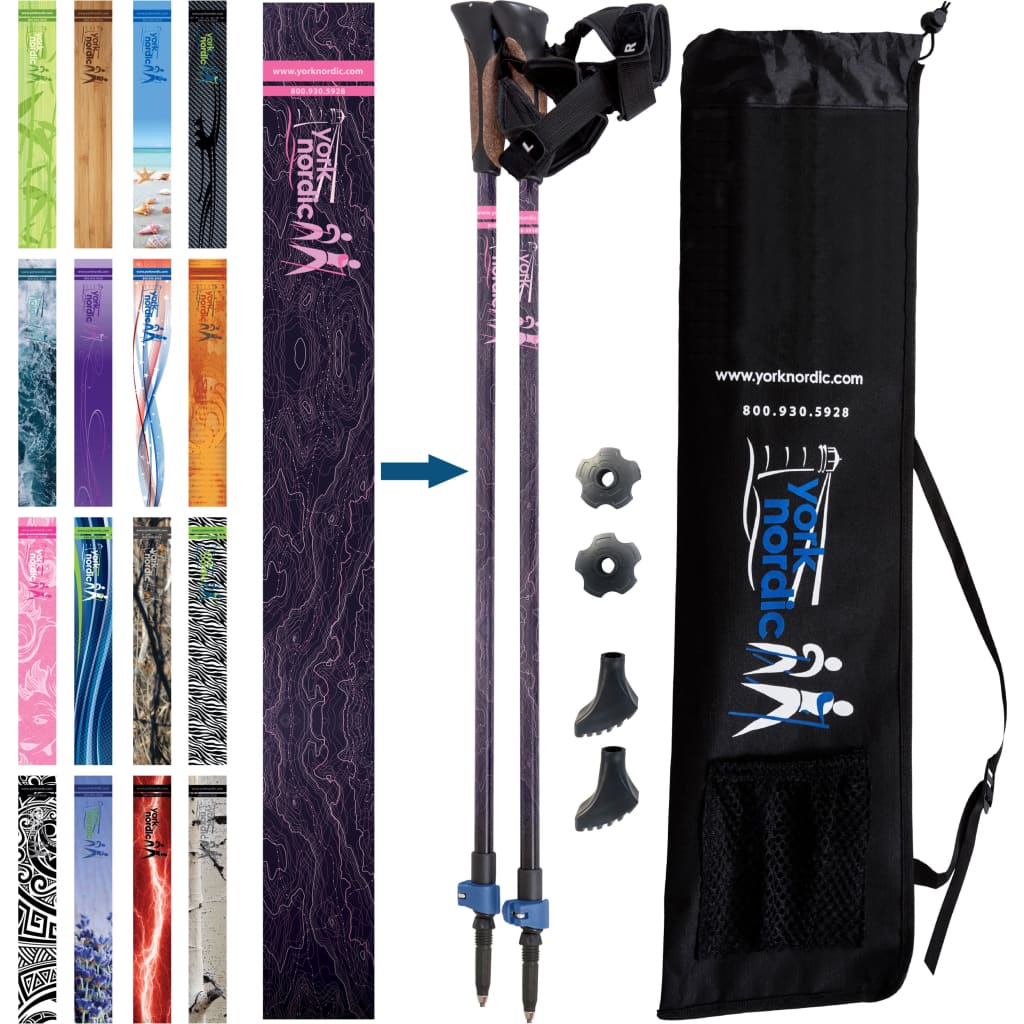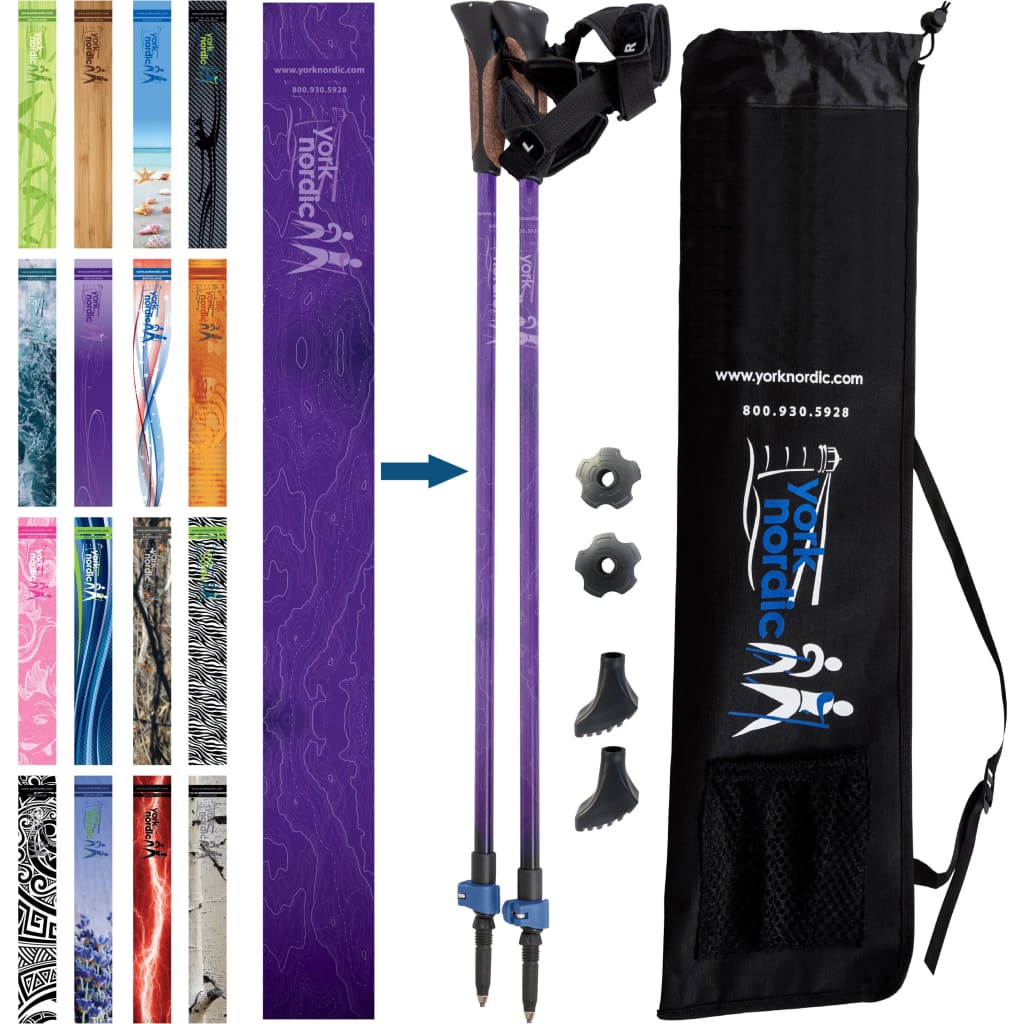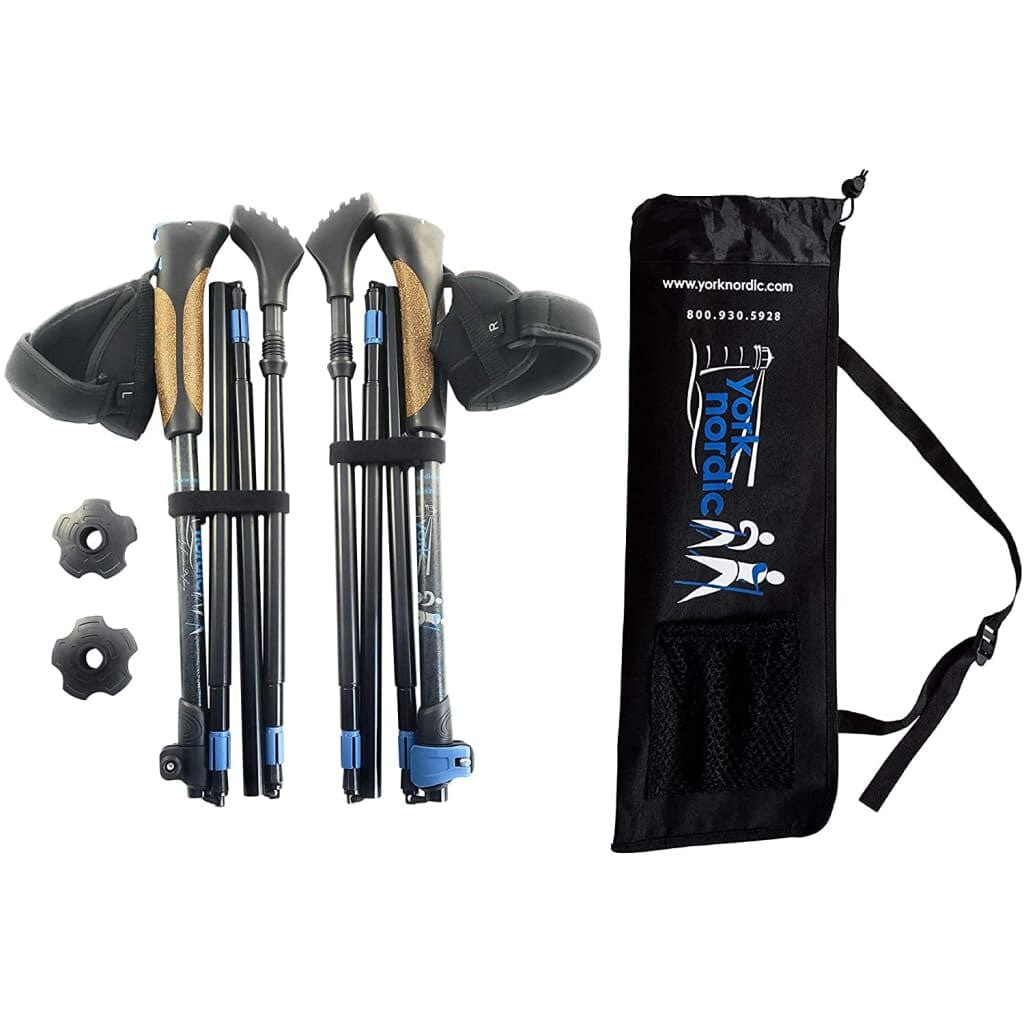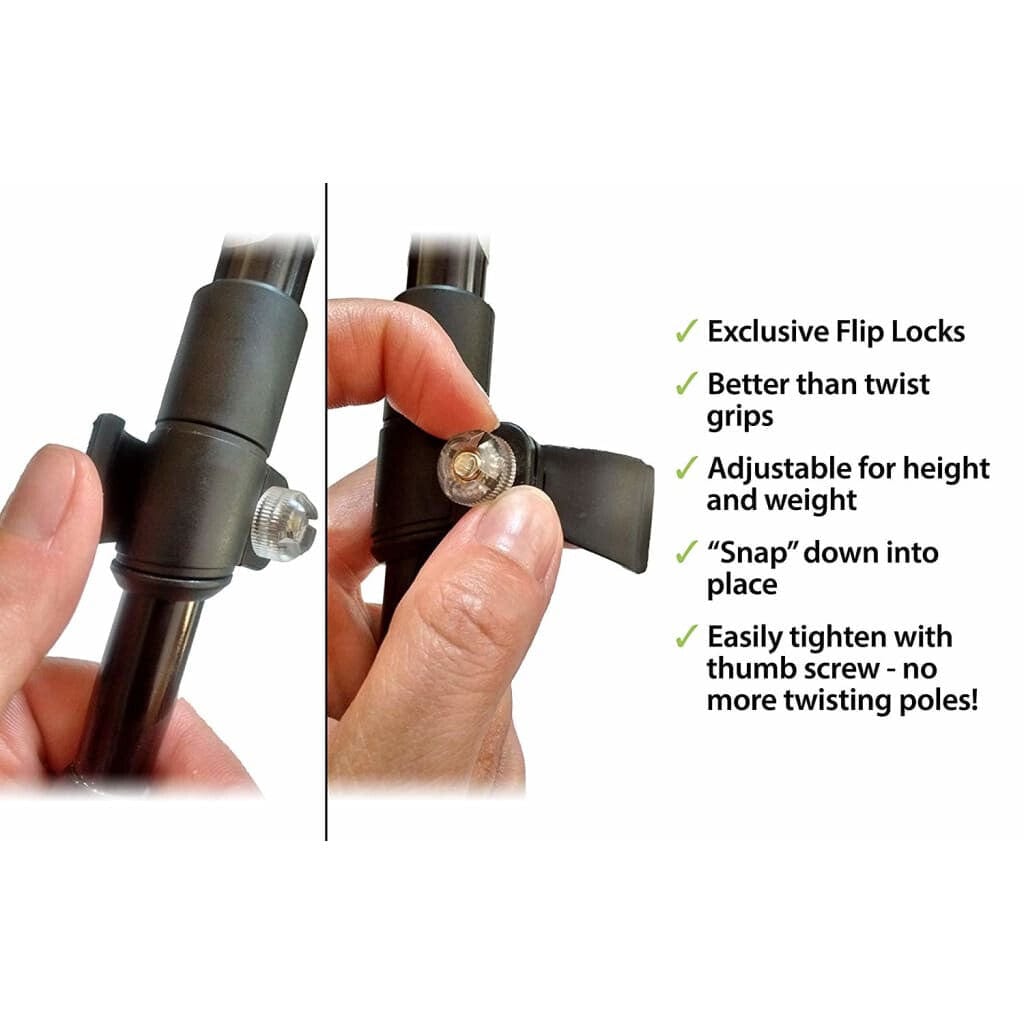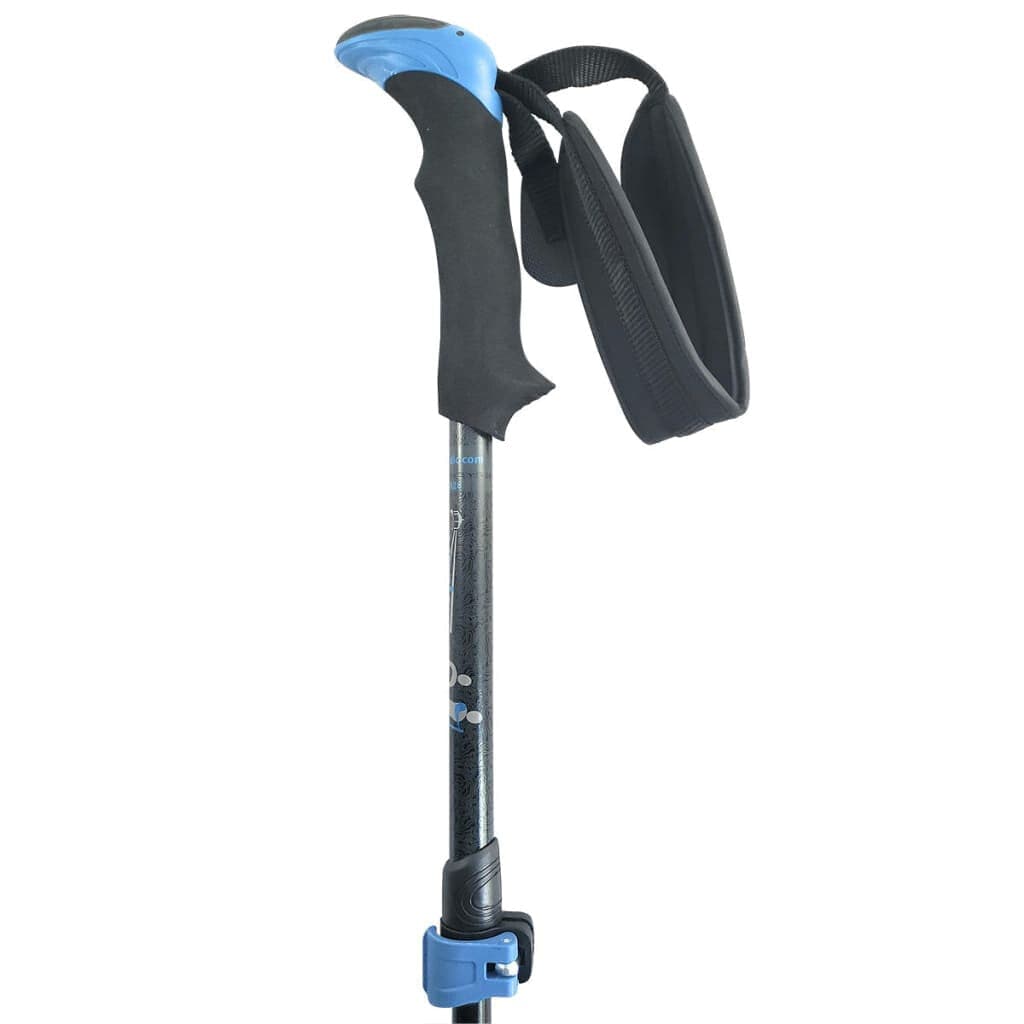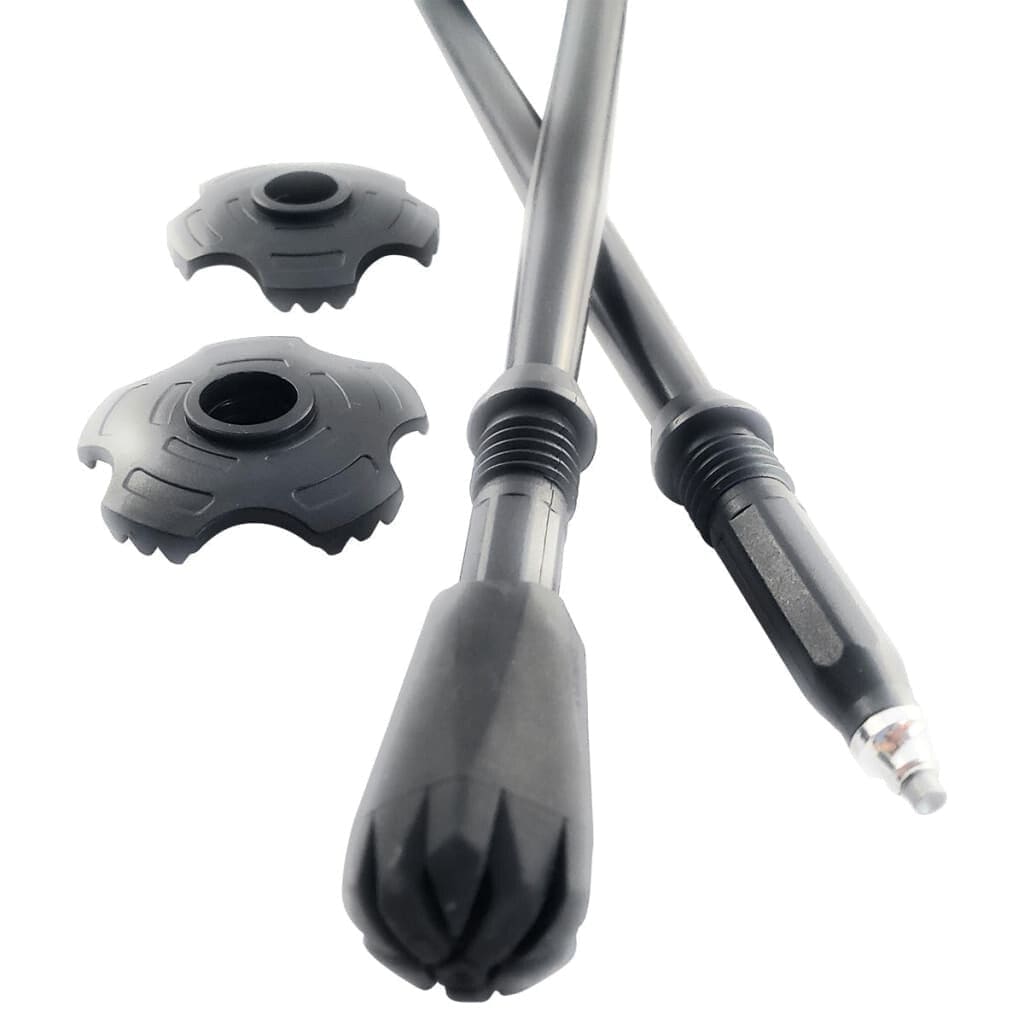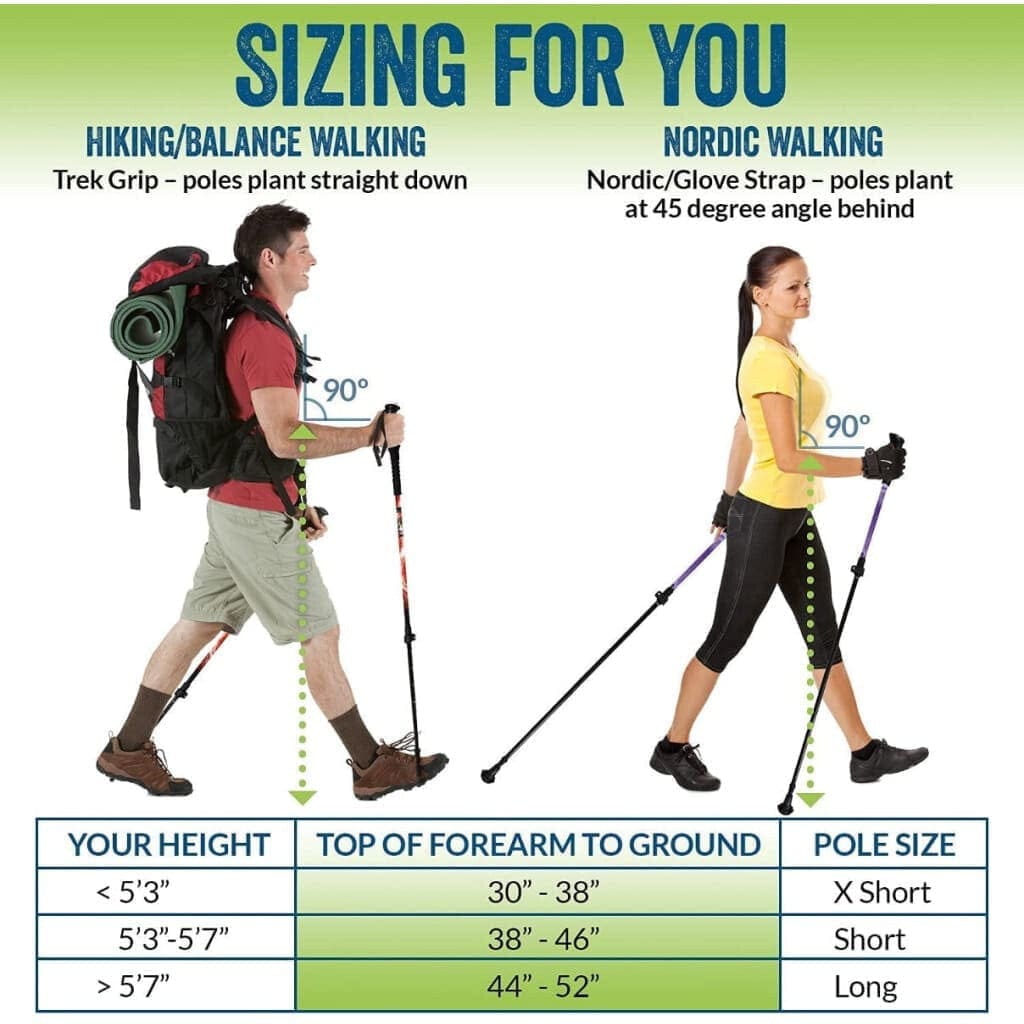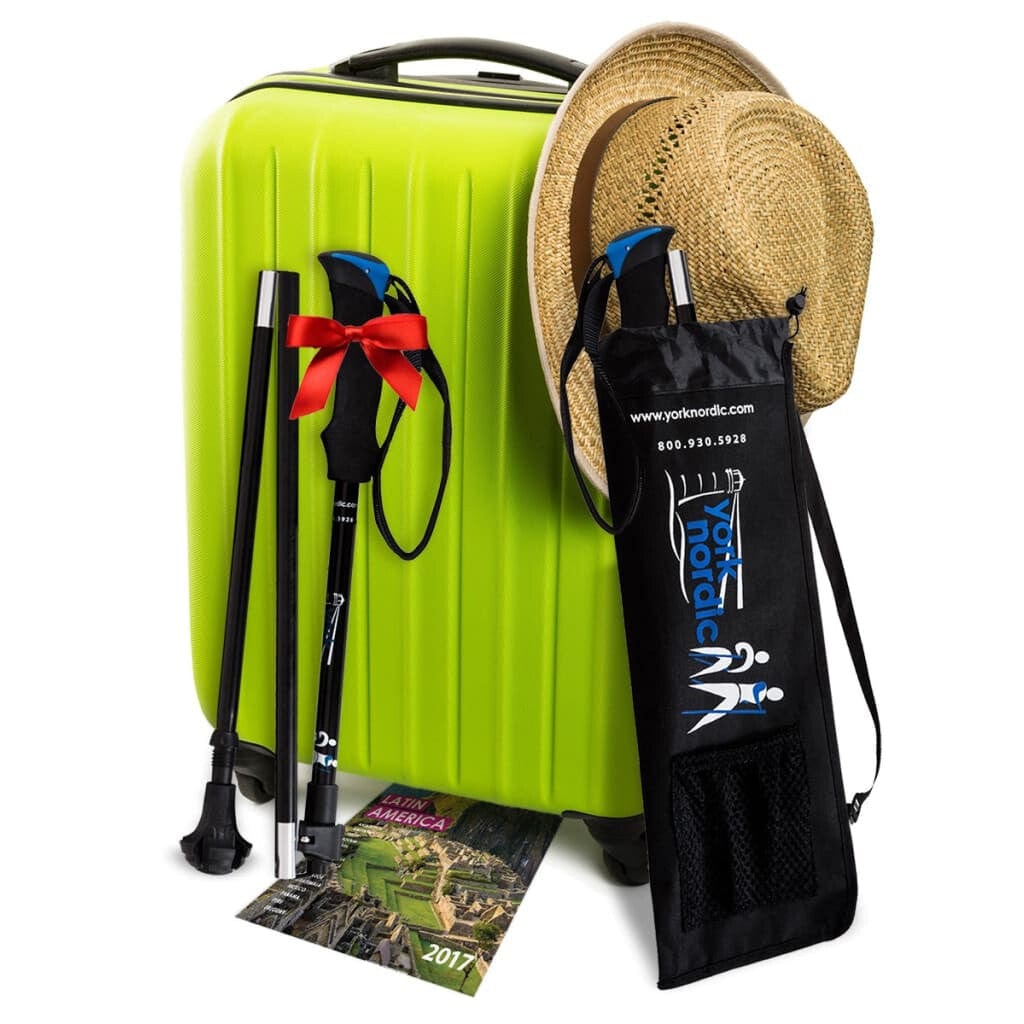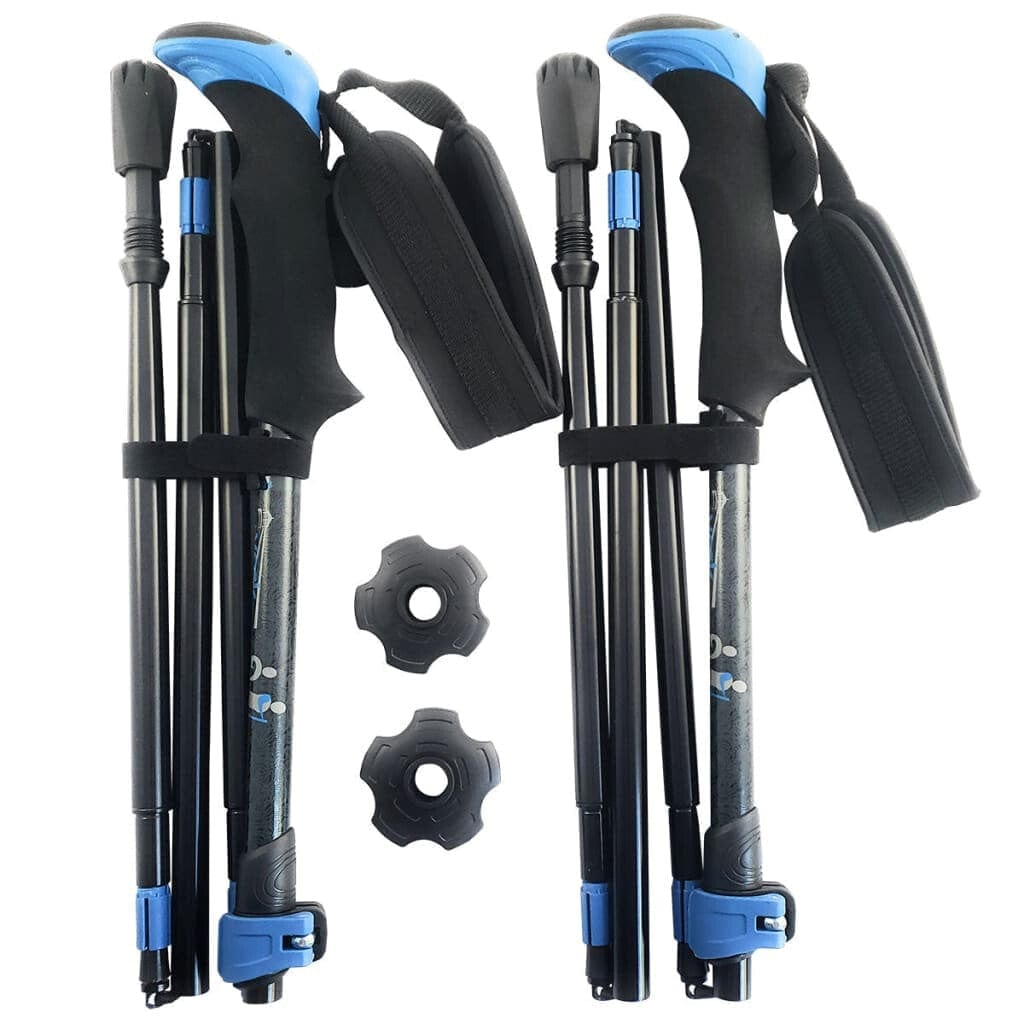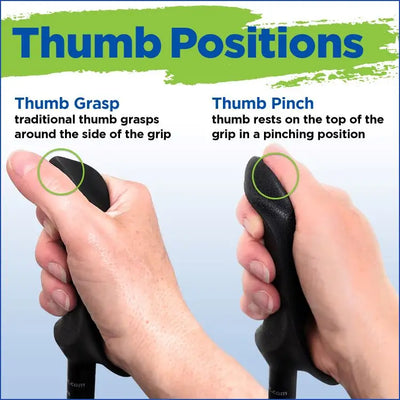
Nordic Walking News and Updates
Using Walking Poles for Rehab - How to Get the Most Out of Every Step
Walking poles aren’t just for hiking trails — they’re powerful tools for rehab and recovery too. Whether you’re rebuilding strength after surgery, improving balance, or easing joint pressure, using walking poles the right way can make every walk more effective (and more comfortable). Here are some practical tips to get started:
1. Start with the Right Fit
Your poles should match your height and stride. When standing with the poles upright and tips on the ground, your elbows should be bent at about a 90-degree angle. Adjustable poles are ideal — you can fine-tune them as your mobility and strength improve.
2. Focus on Form
Use a natural walking rhythm — opposite arm and leg move together (right leg, left pole). Keep your poles angled slightly back, plant them near your heel, and push gently through your stride. This helps engage your upper body and supports stability without throwing off your balance.
3. Engage, Don’t Overdo
Poles are meant to assist, not carry all your weight. Let them share the load — especially helpful for knees, hips, or lower back issues — but focus on gradually building strength in your legs and core. Think of them as training partners, not crutches.
4. Strengthen While You Walk
Walking with poles turns a simple stroll into a full-body workout. You’ll activate your shoulders, arms, and core while improving posture and gait. Start slow — short sessions a few times a week — and extend distance or pace as your endurance grows.
5. Mind Your Surfaces
If you’re rehabbing indoors, use rubber tips on your poles to prevent slipping. Outdoors, you might remove the tips to expose the carbide points for grip on grass, trails, or uneven ground. Always check your footing — poles can help stabilize you, but awareness keeps you safest.
6. Listen to Your Body
Discomfort and fatigue are normal at first, but sharp pain is not. Adjust your stride, pole height, or rest as needed. Recovery takes patience — poles simply help you move through it more confidently and consistently.
7. Celebrate Progress
Each walk, no matter how short, is a win. Over time, you’ll notice better balance, posture, and confidence — both physically and mentally. That’s the real power of using walking poles in rehab: steady improvement, one step at a time.
Bottom line - Walking poles can be a game changer for rehab. They add support, encourage better movement patterns, and make walking more enjoyable — which means you’re more likely to stick with it. Let's Get Out There!

